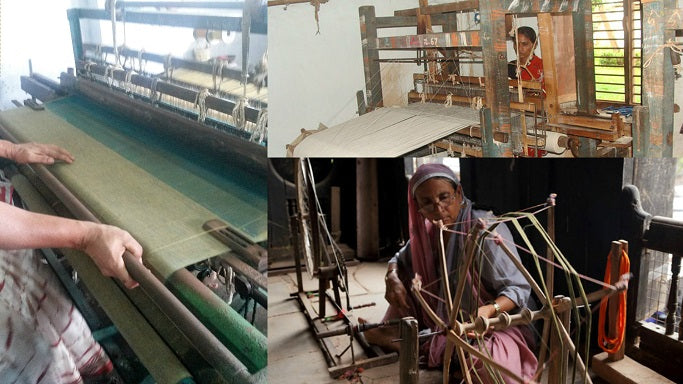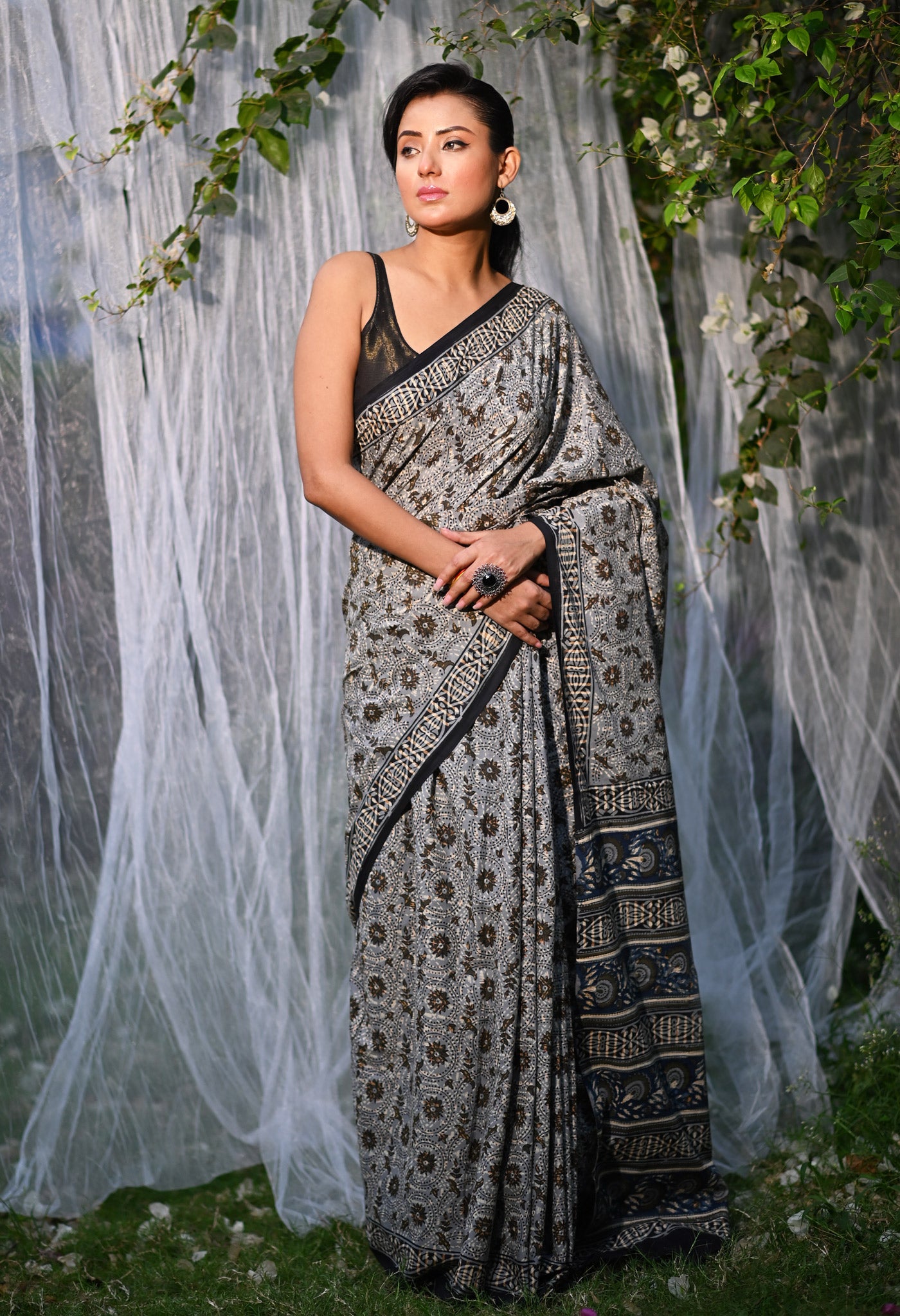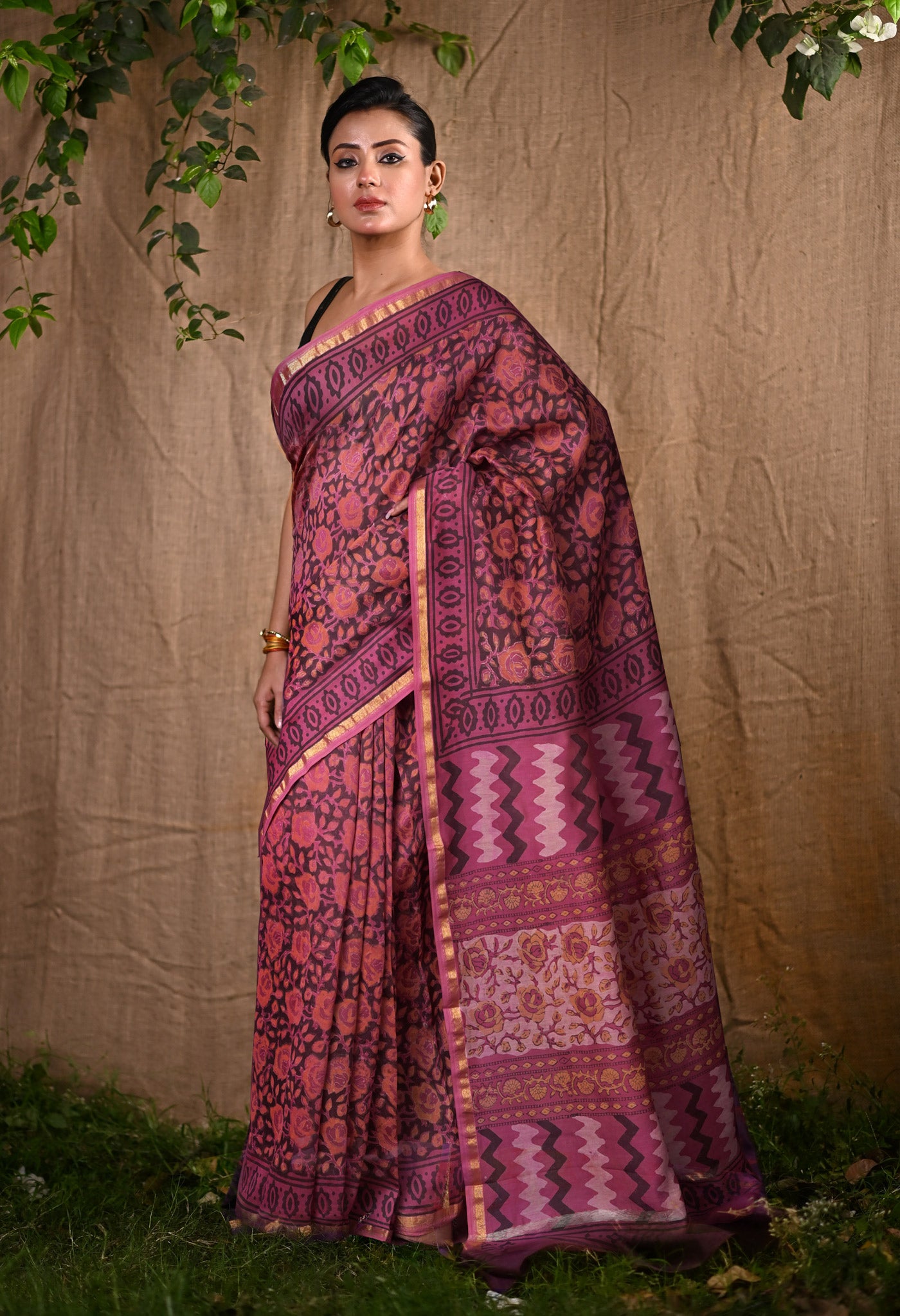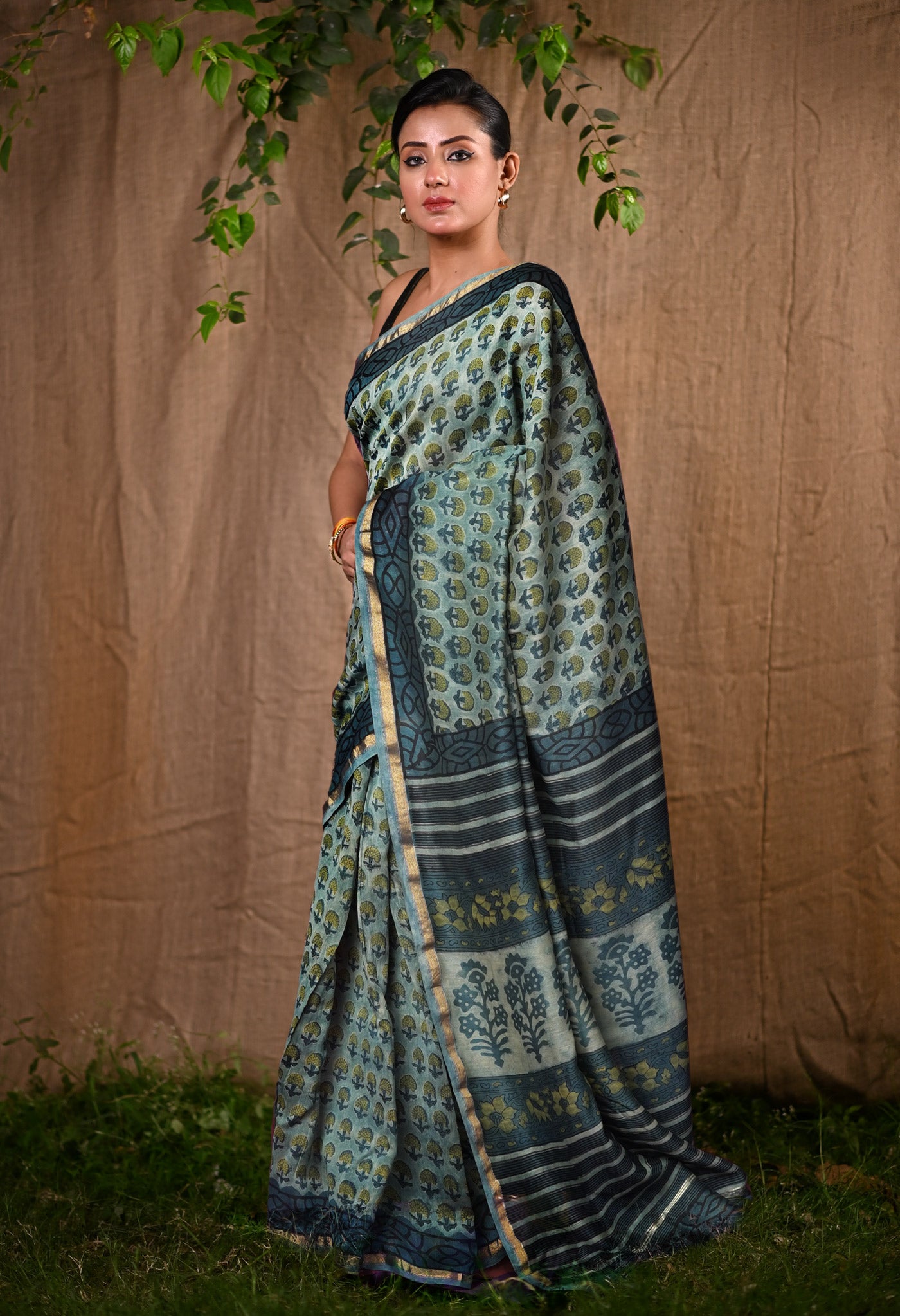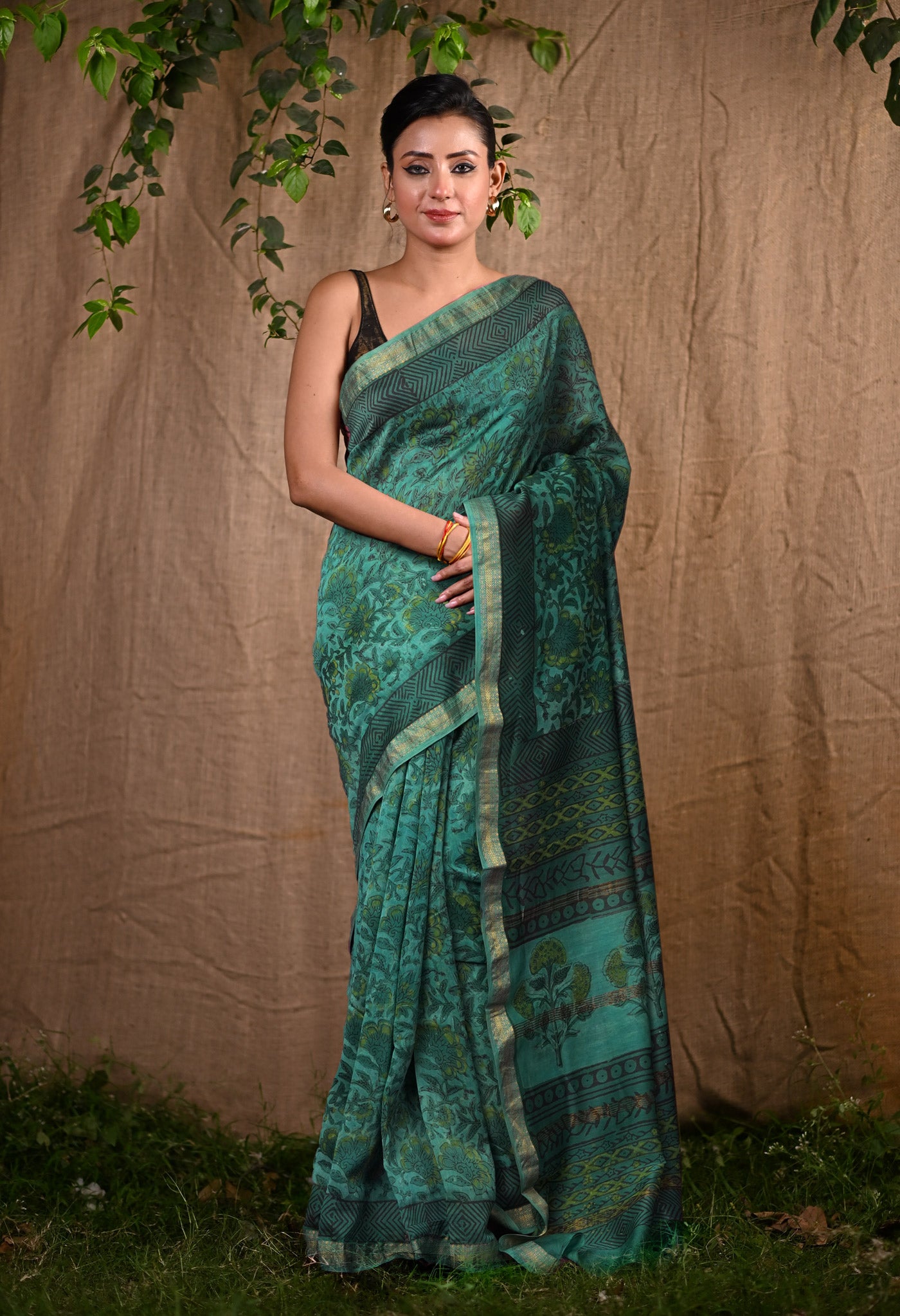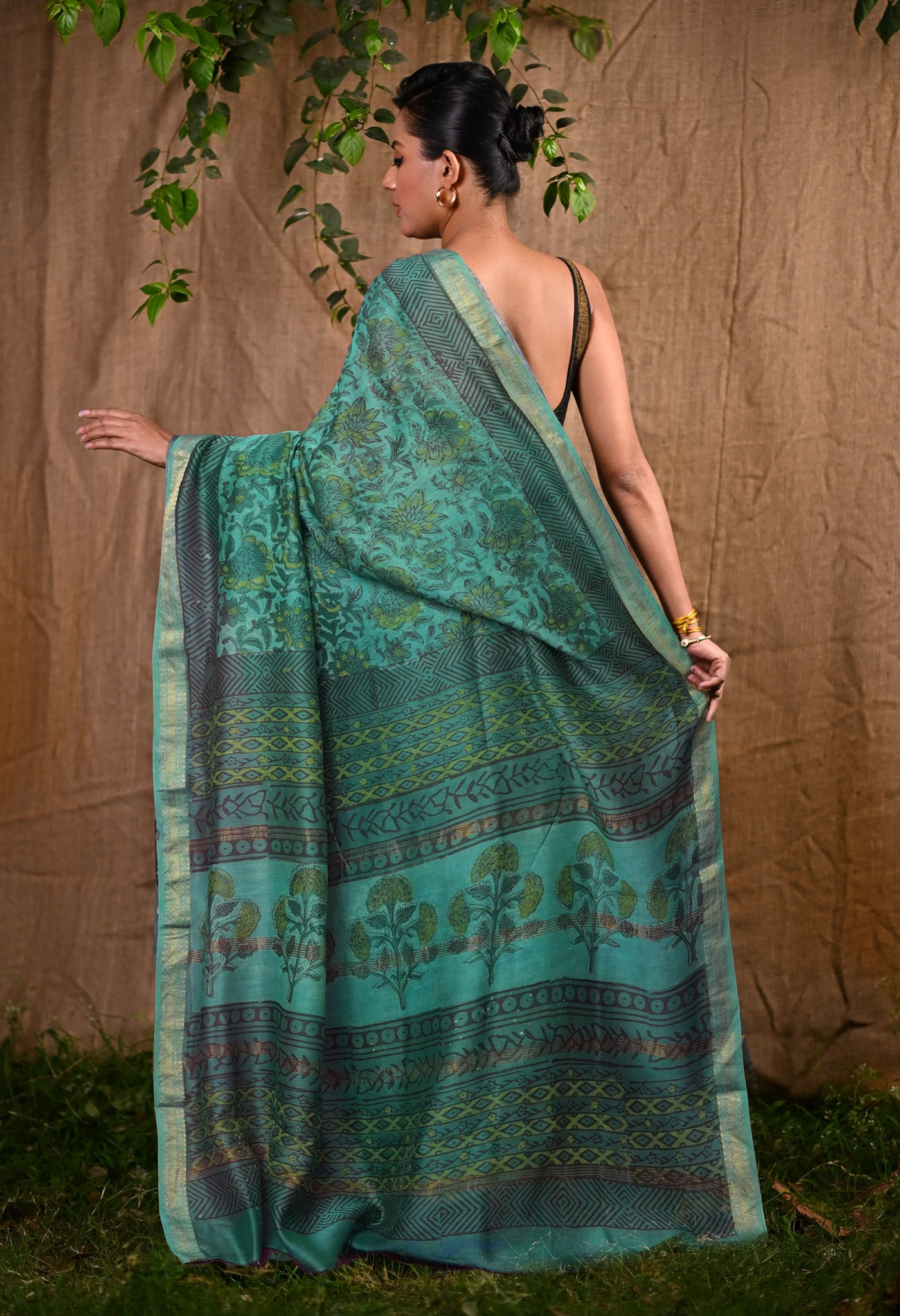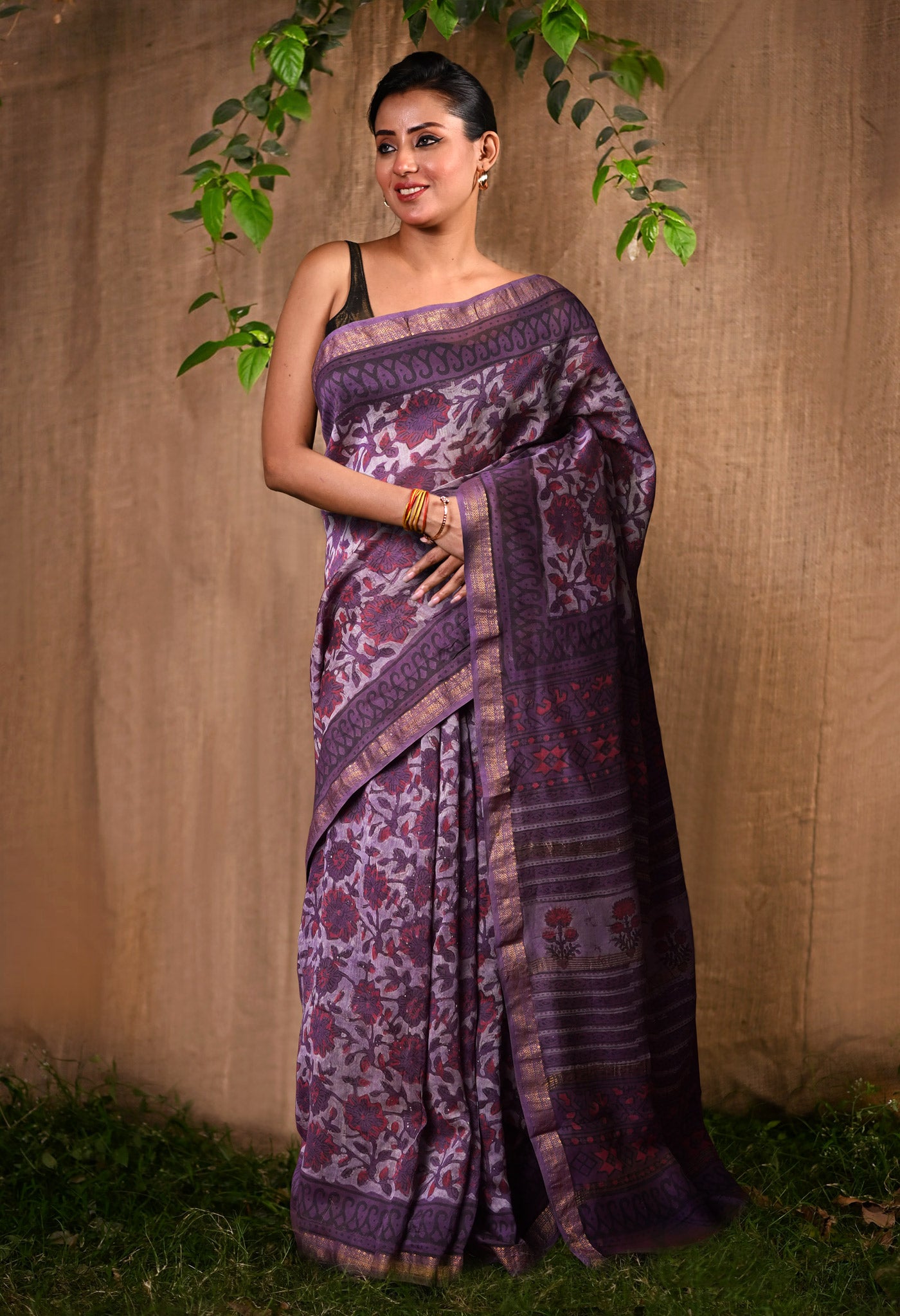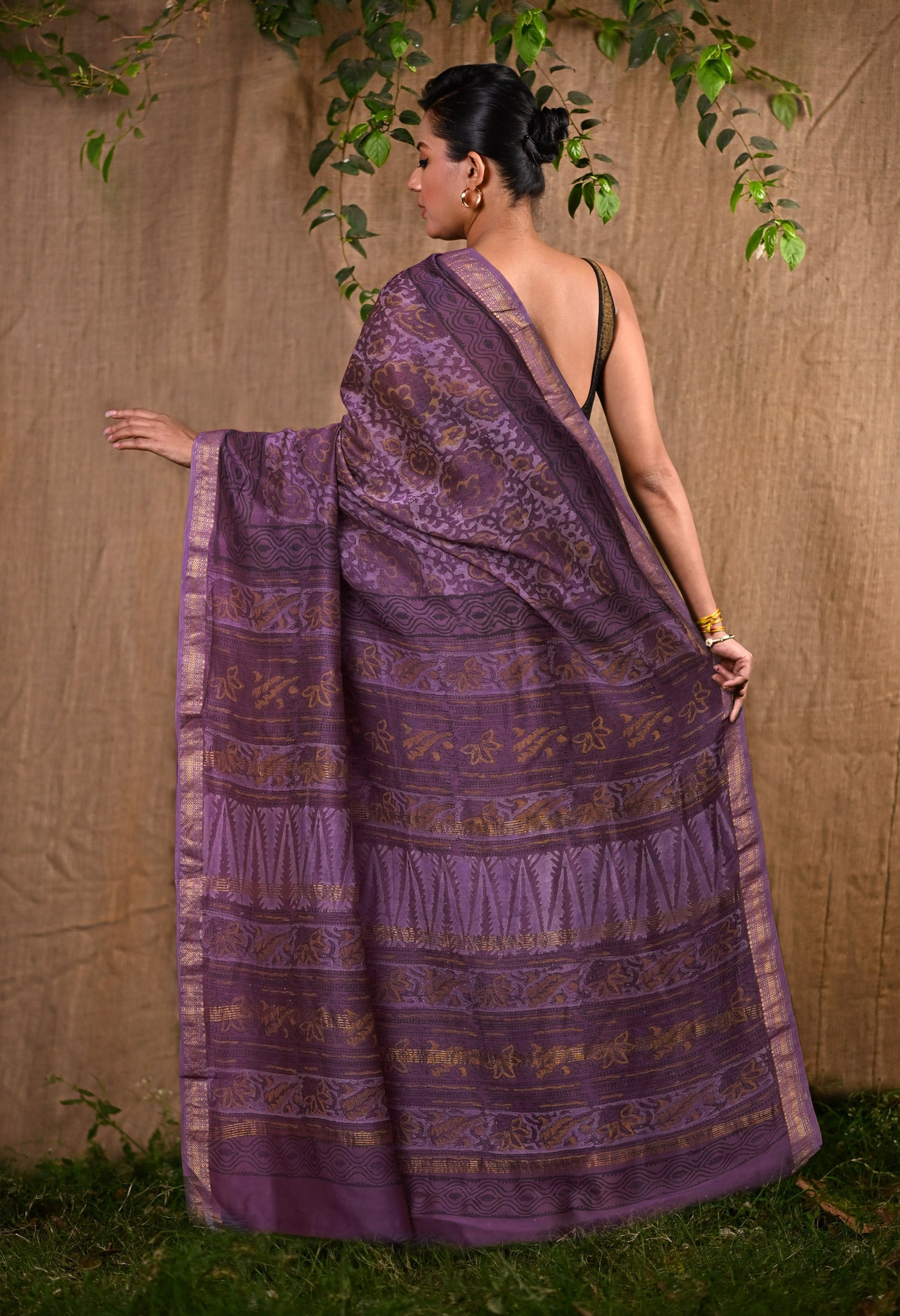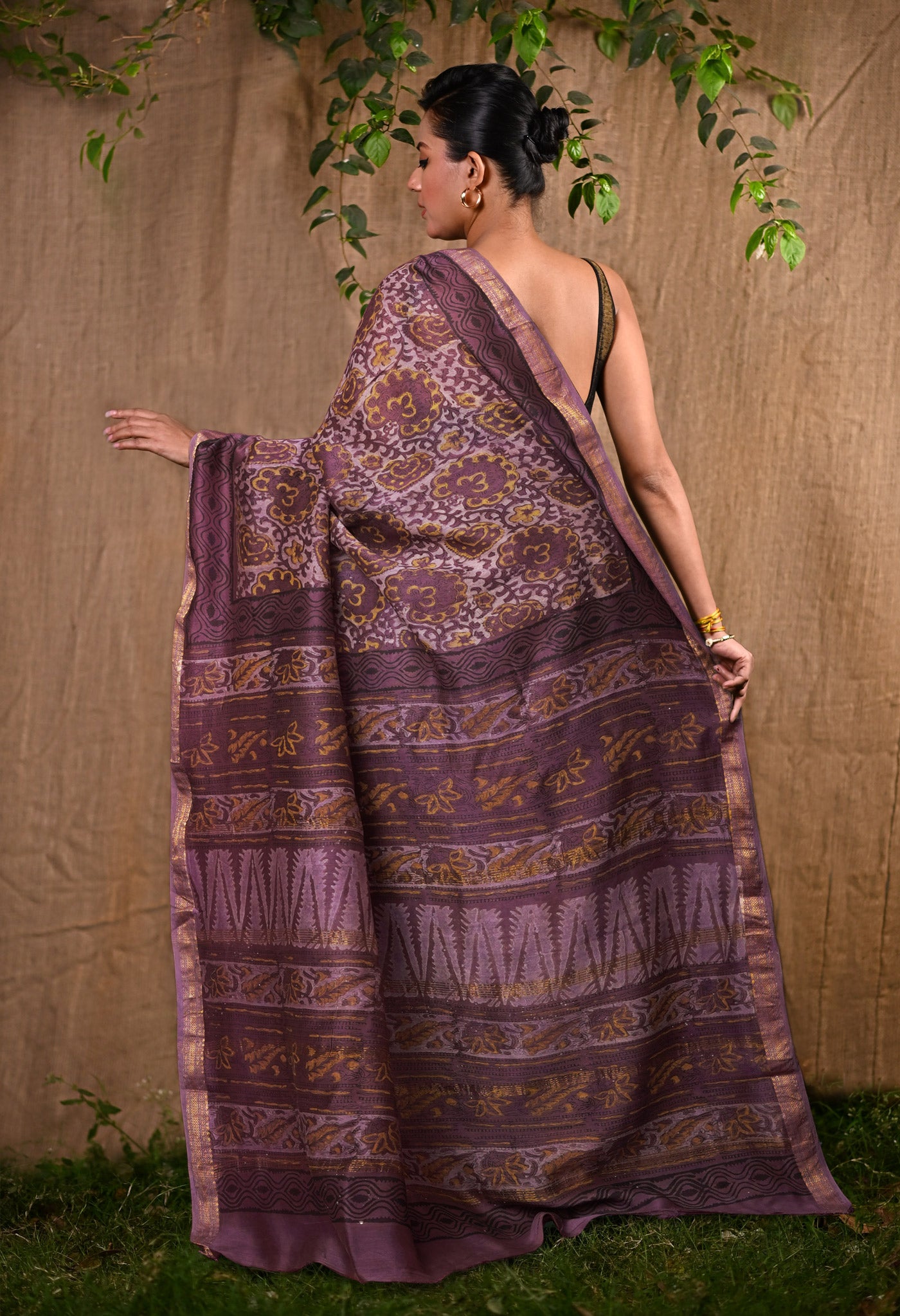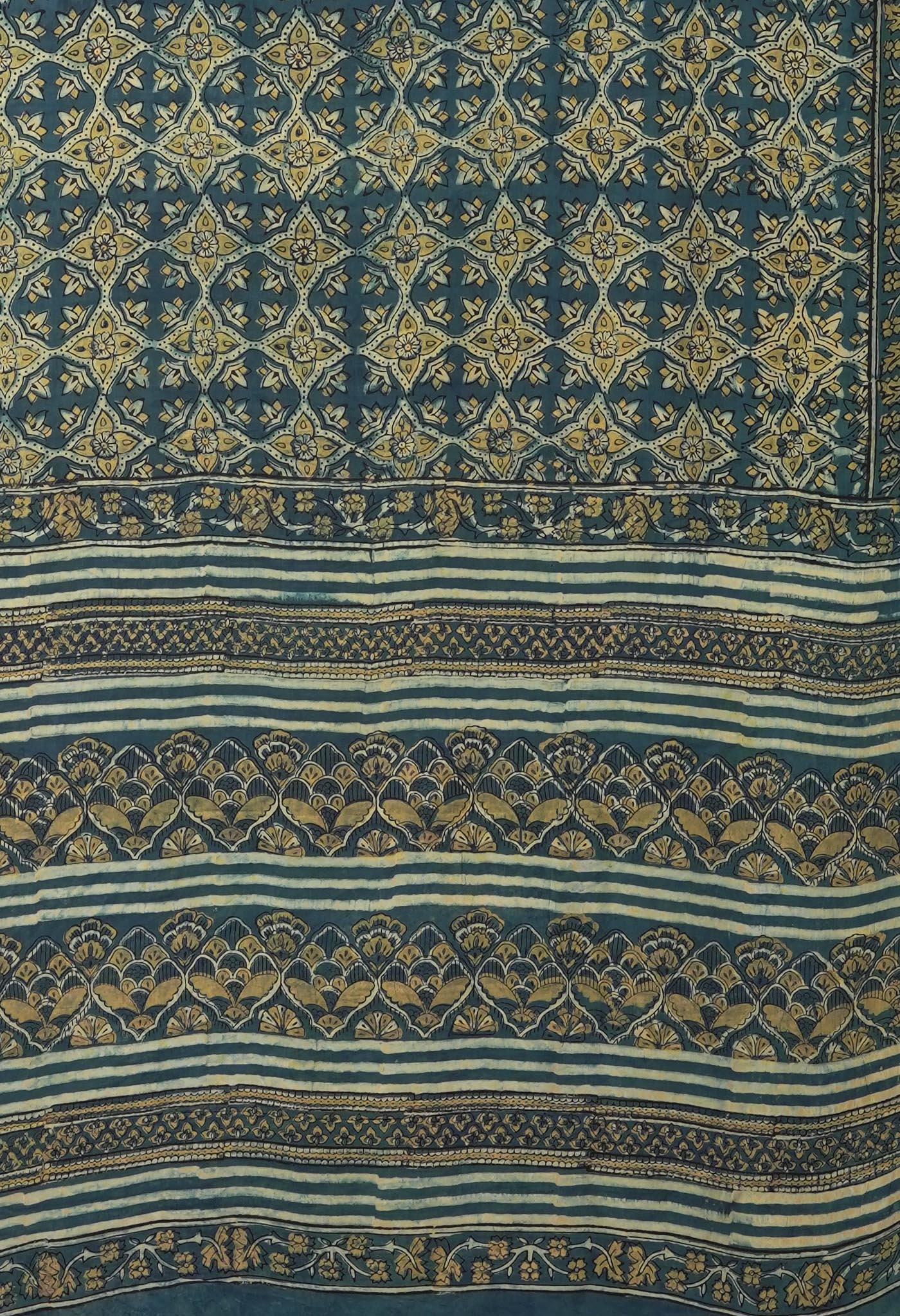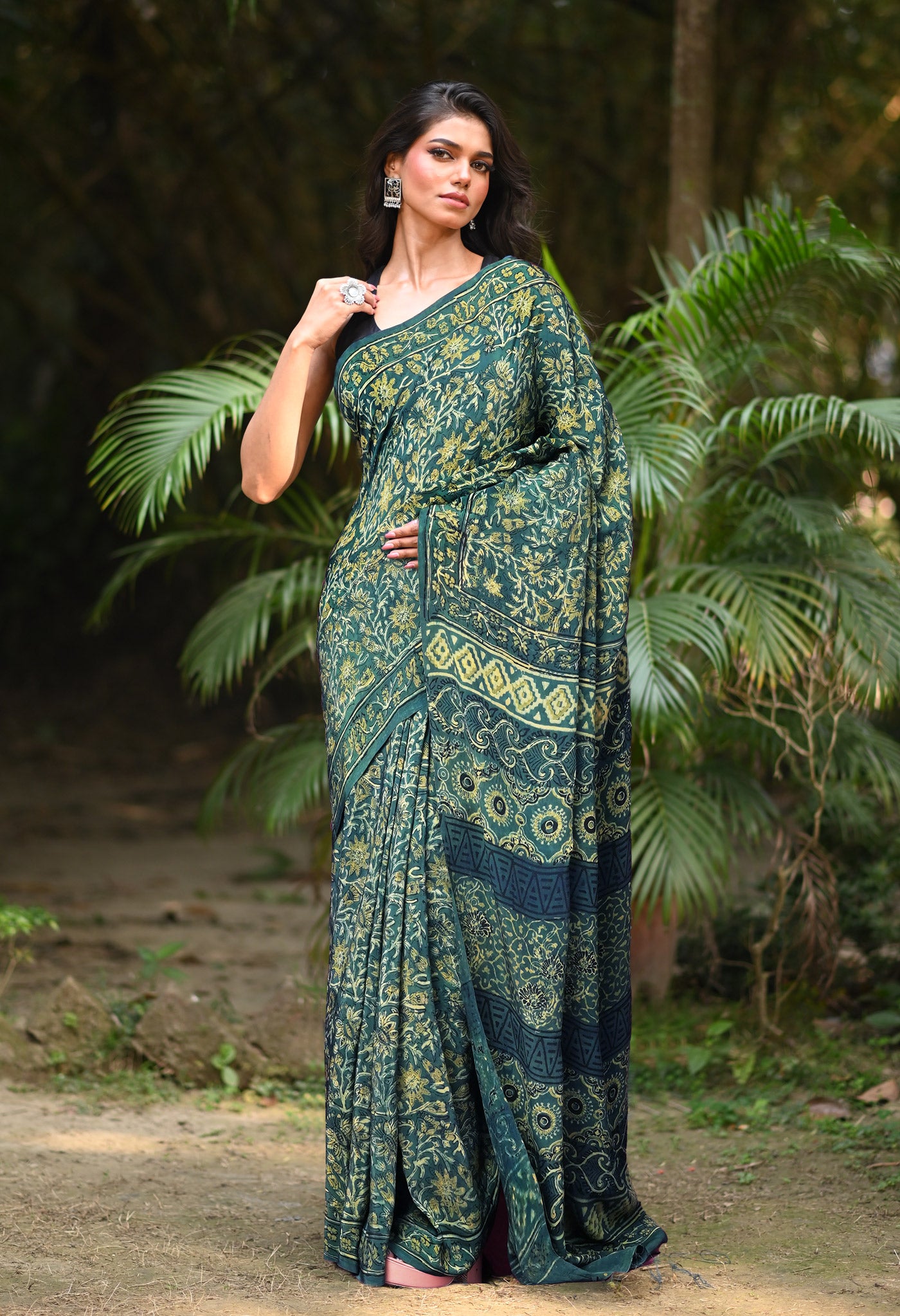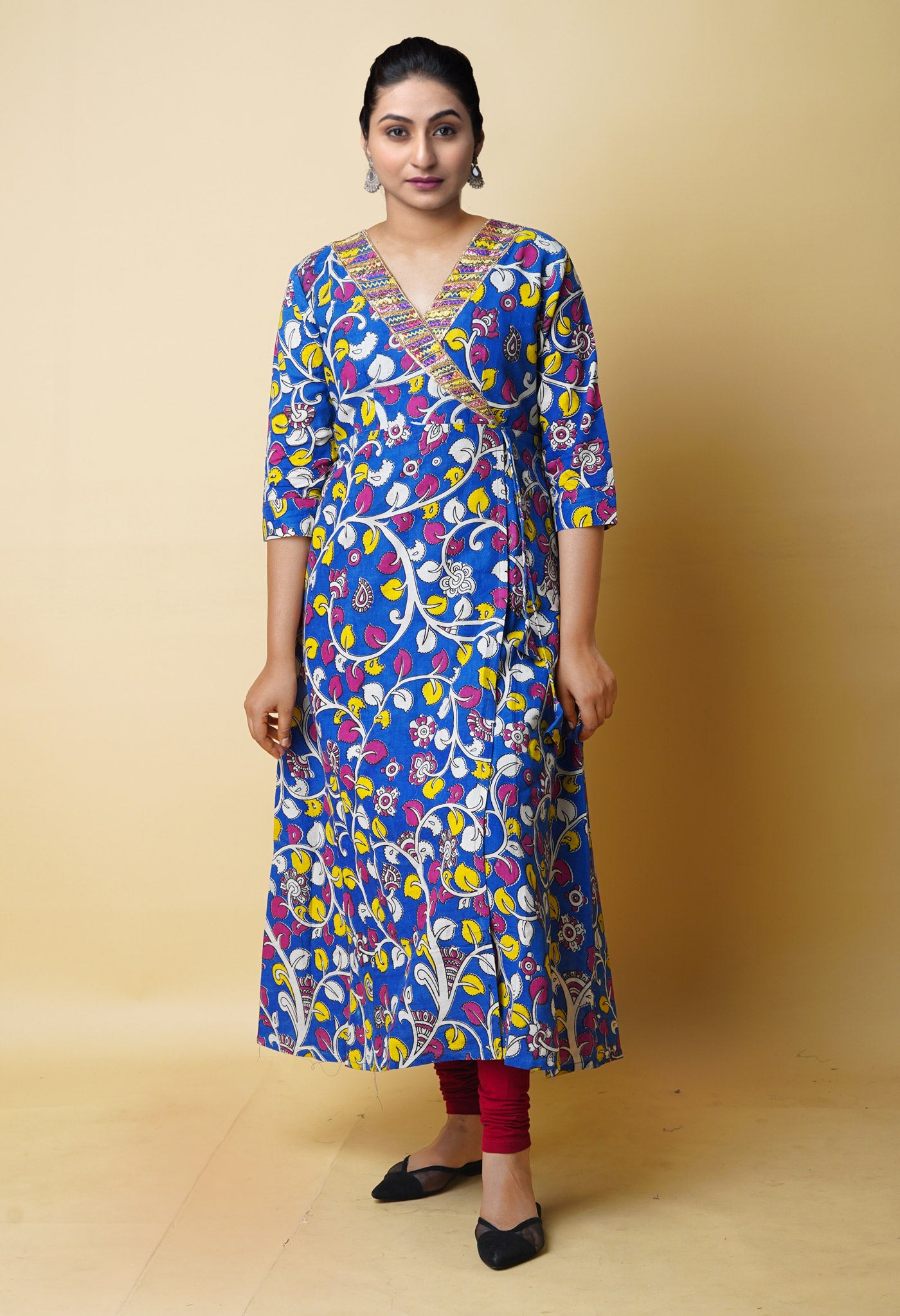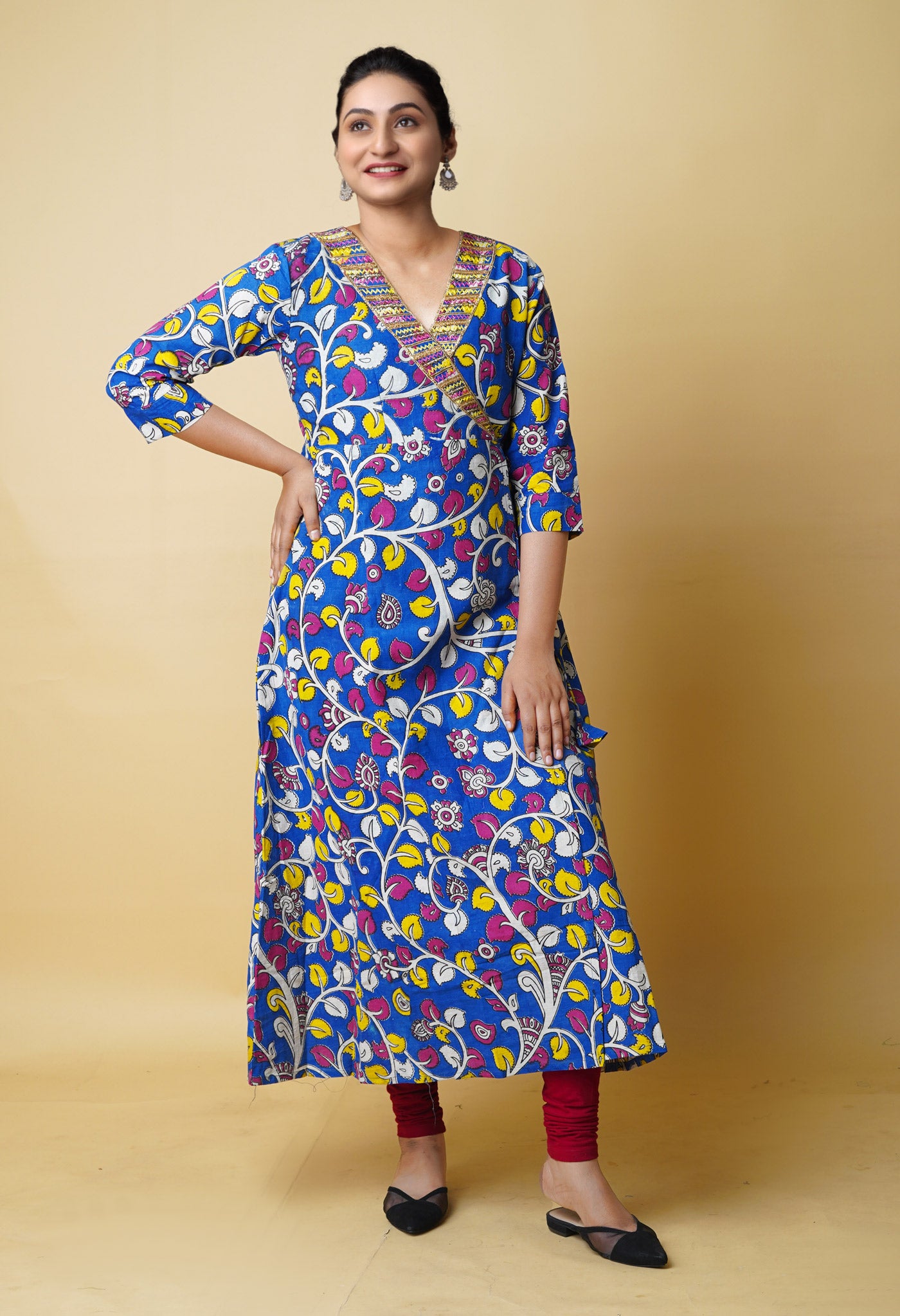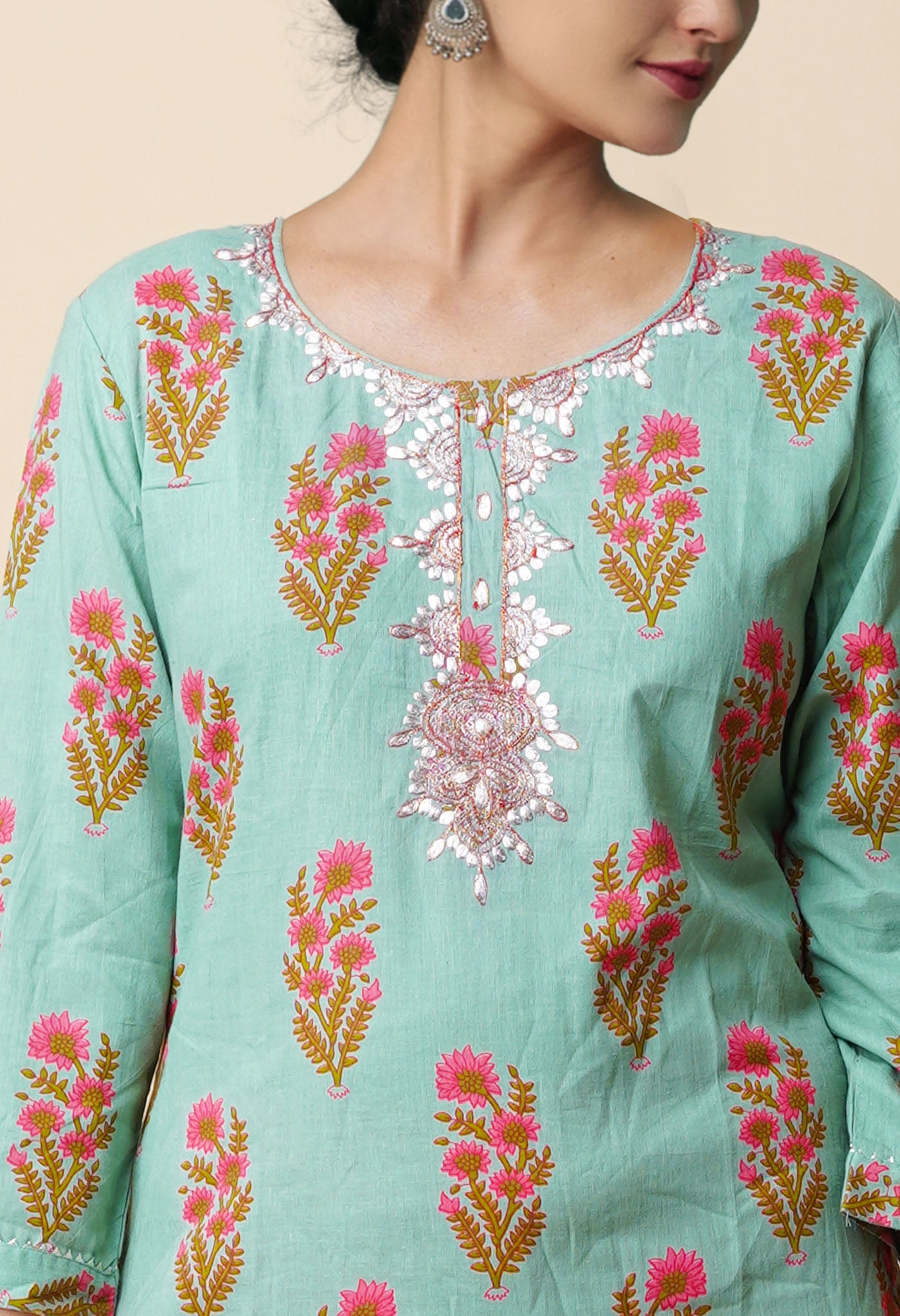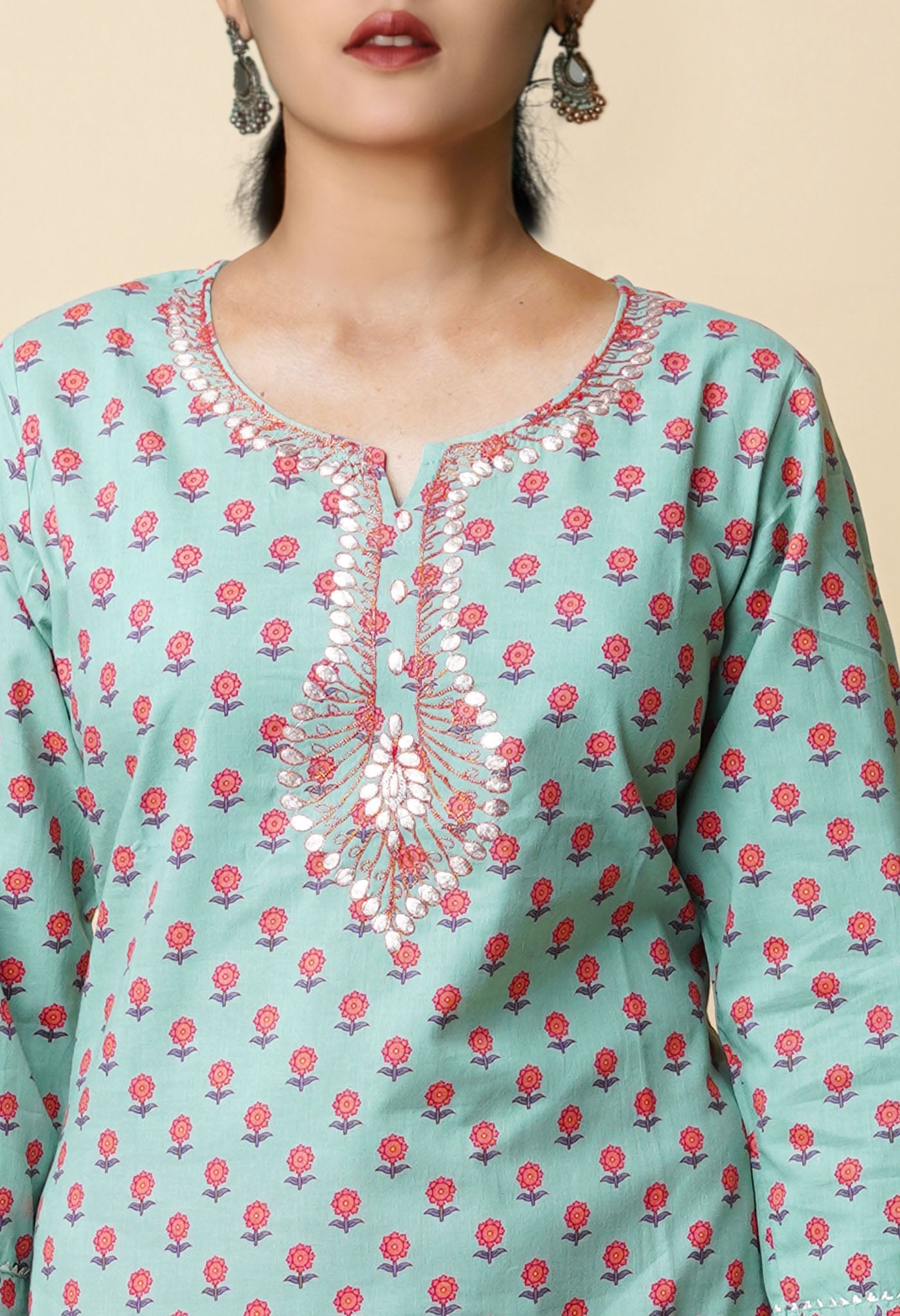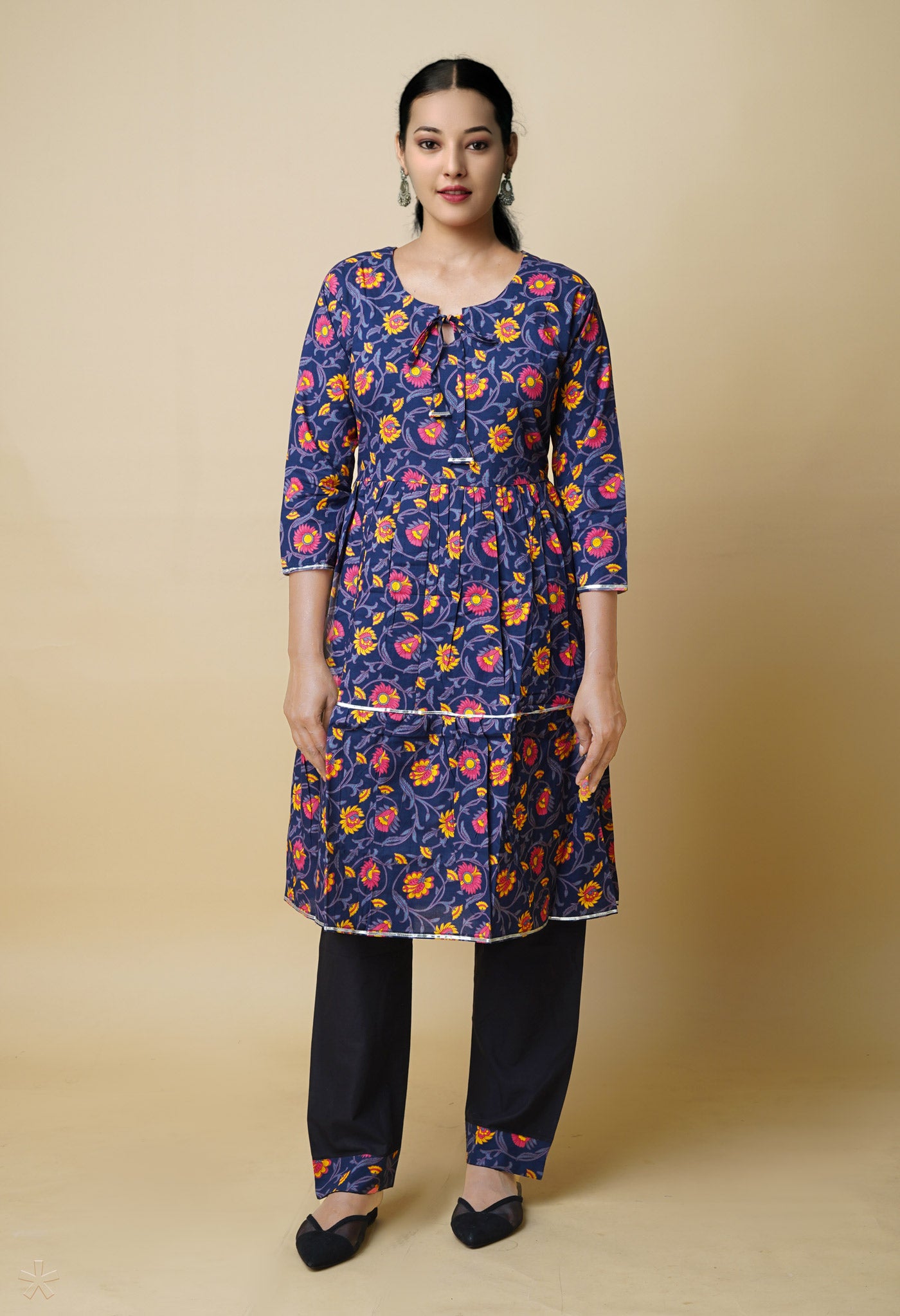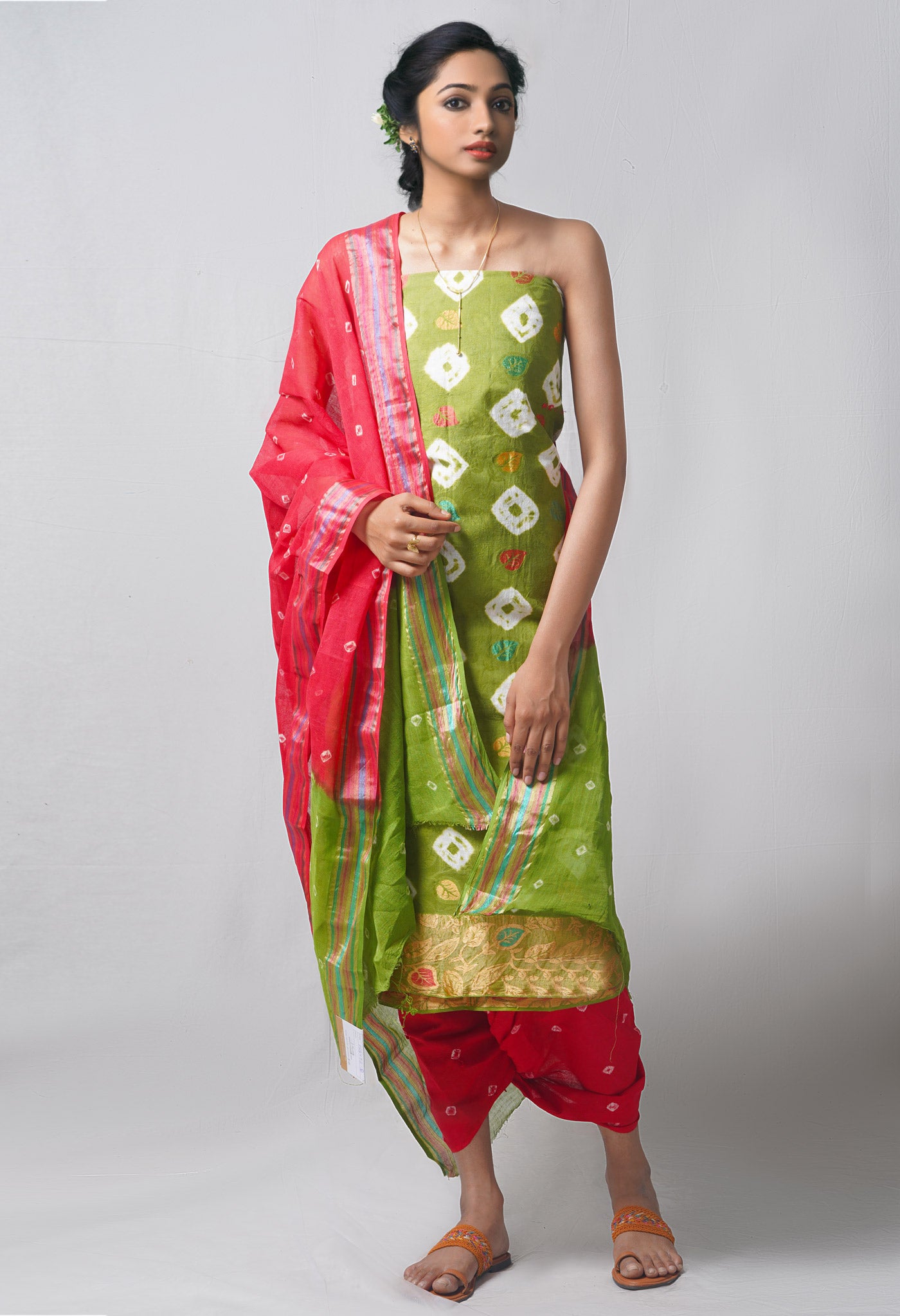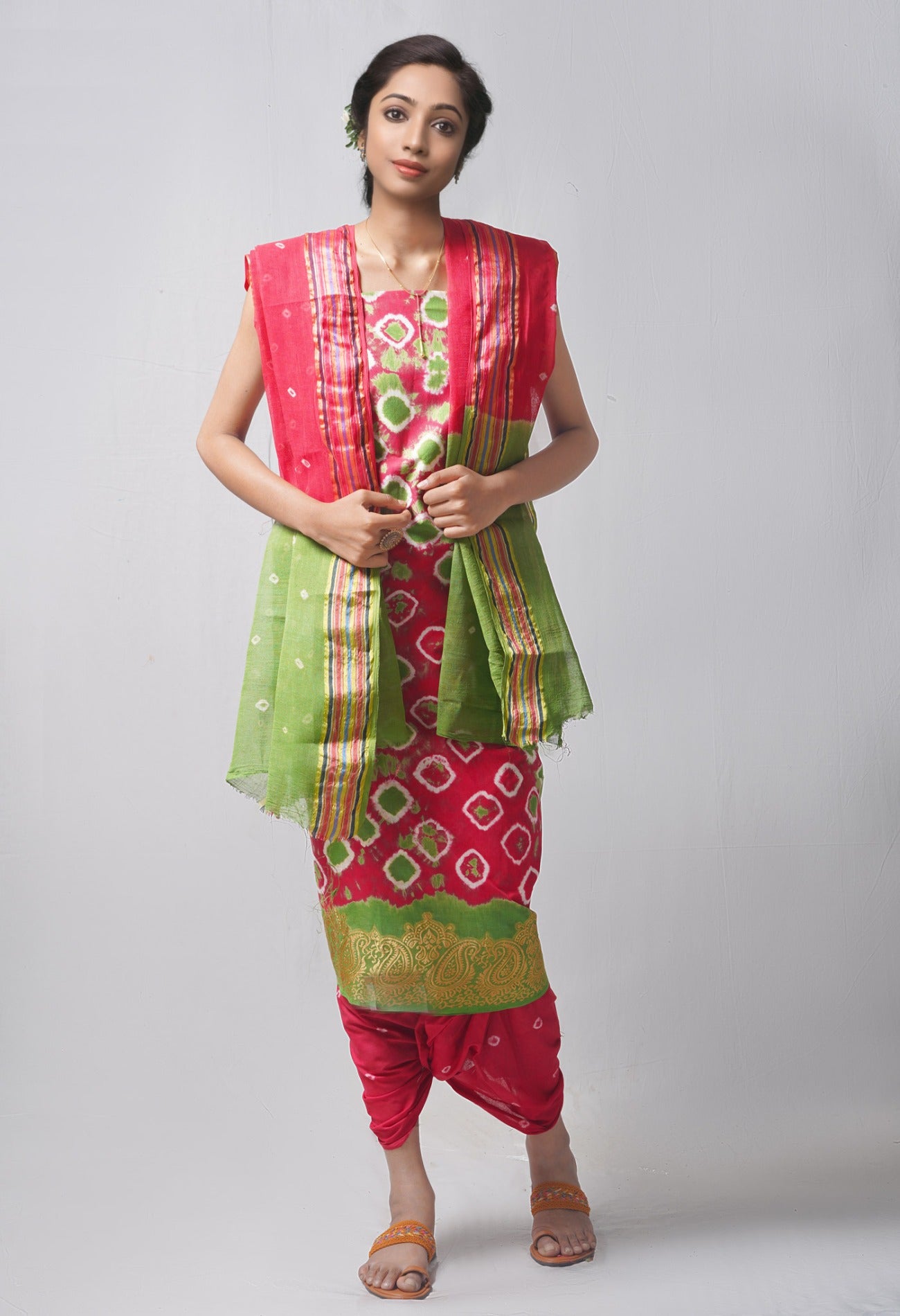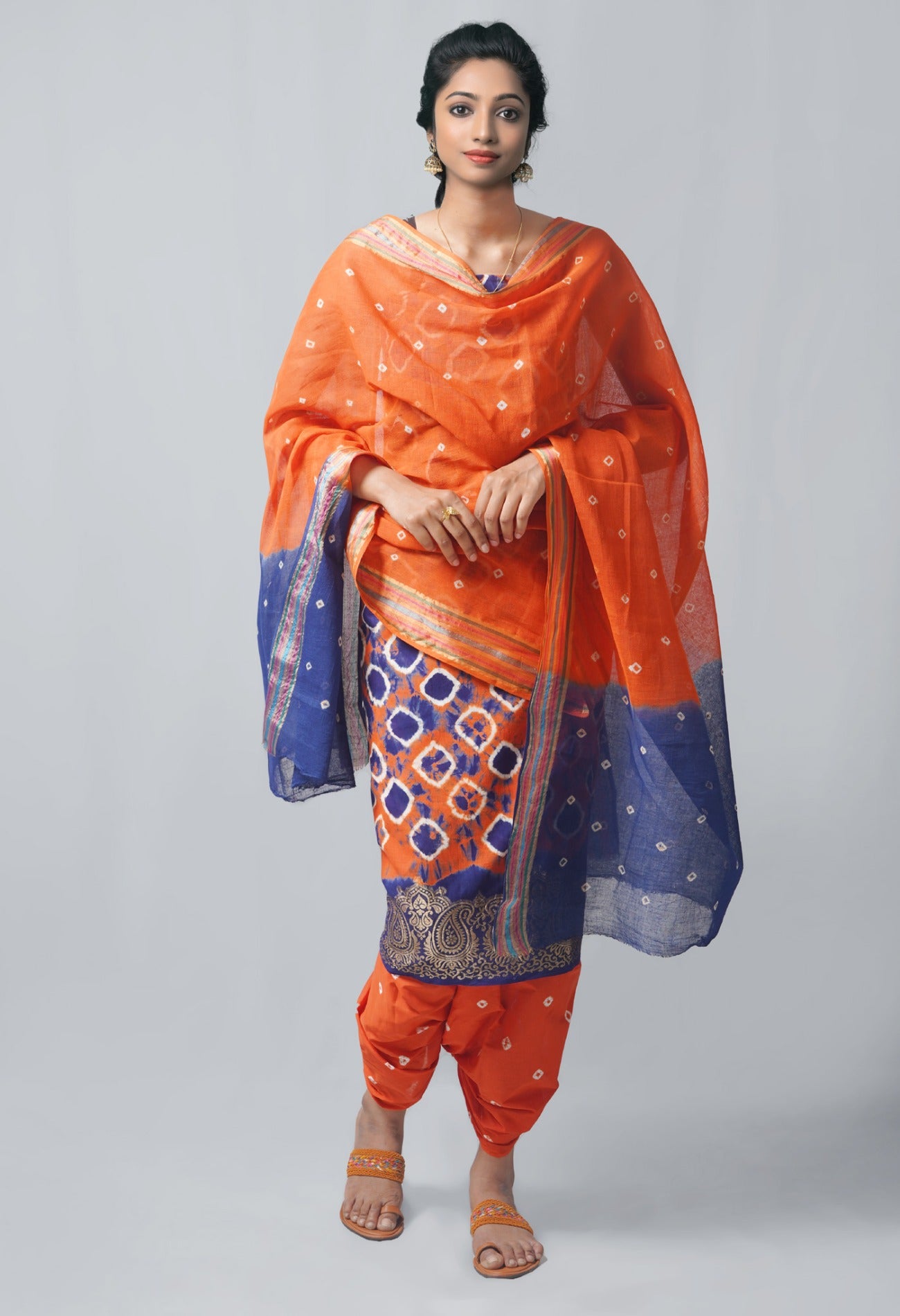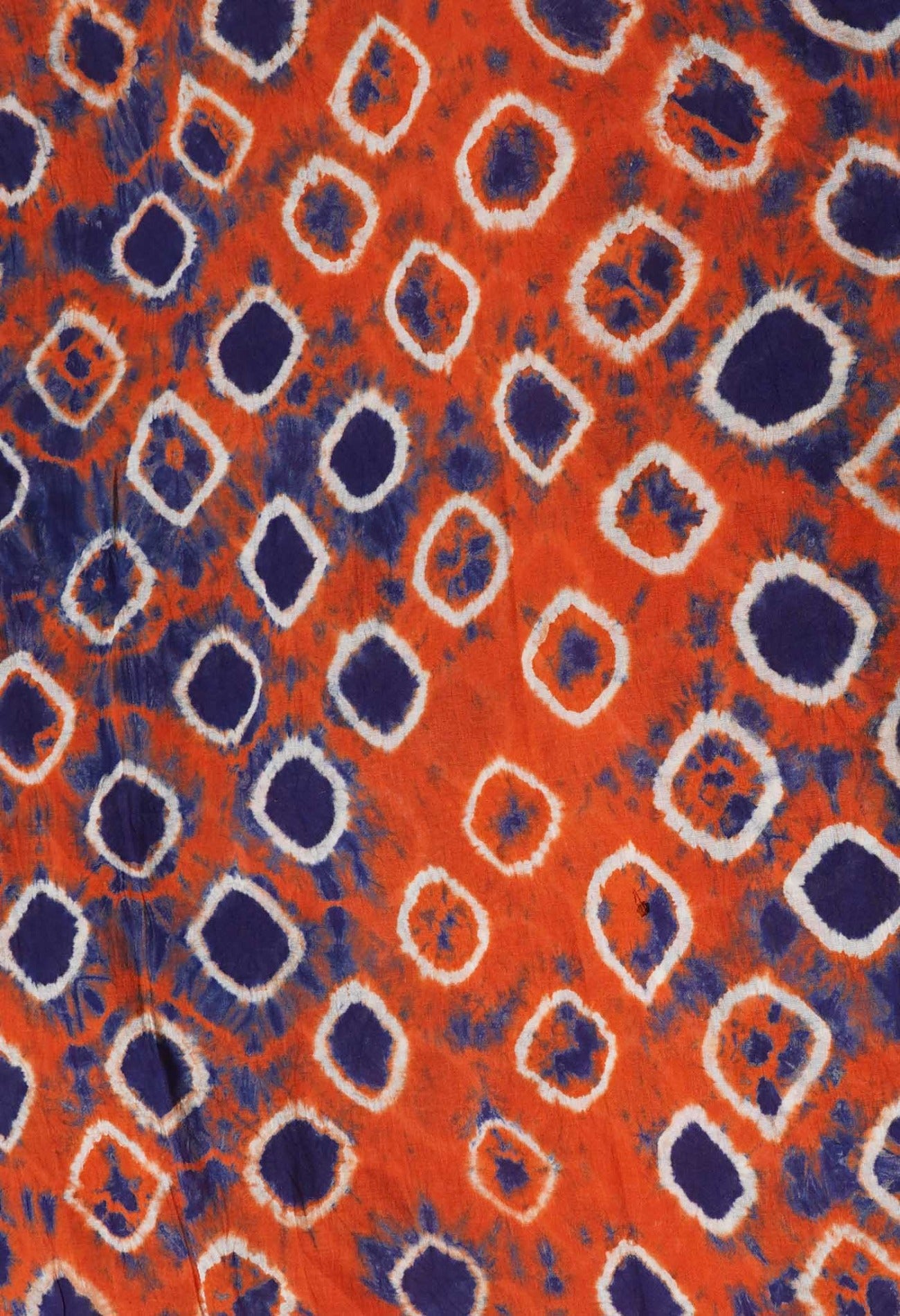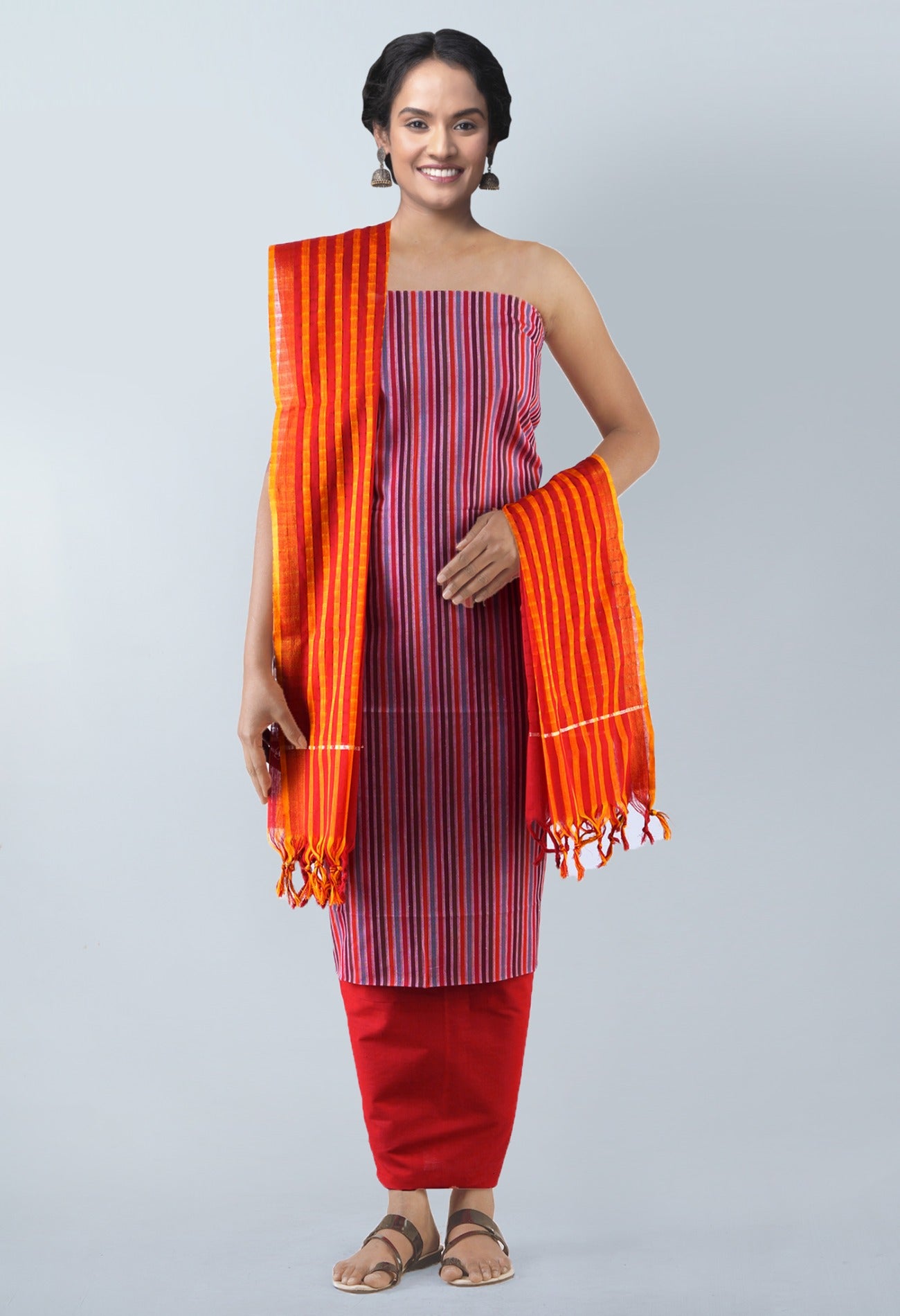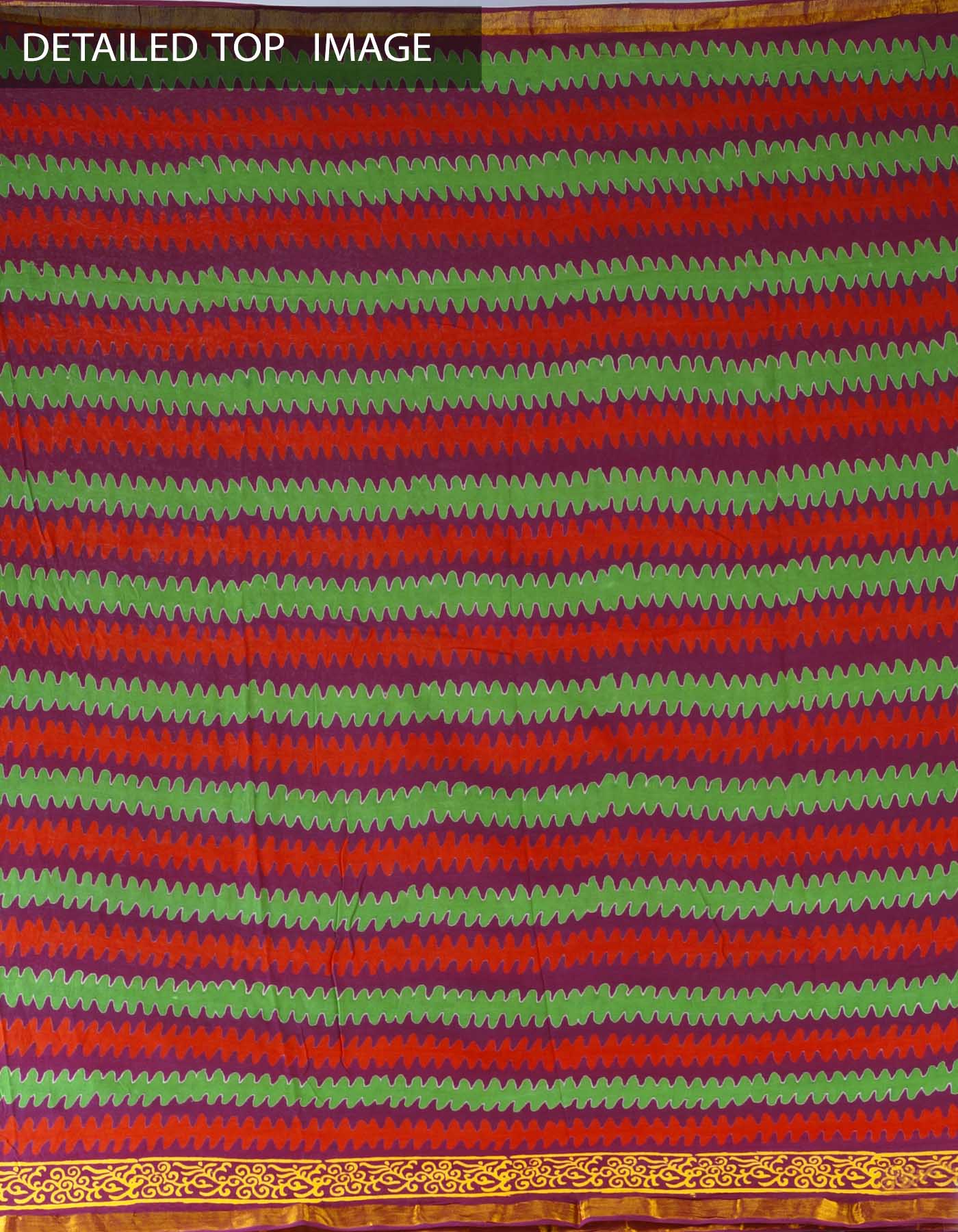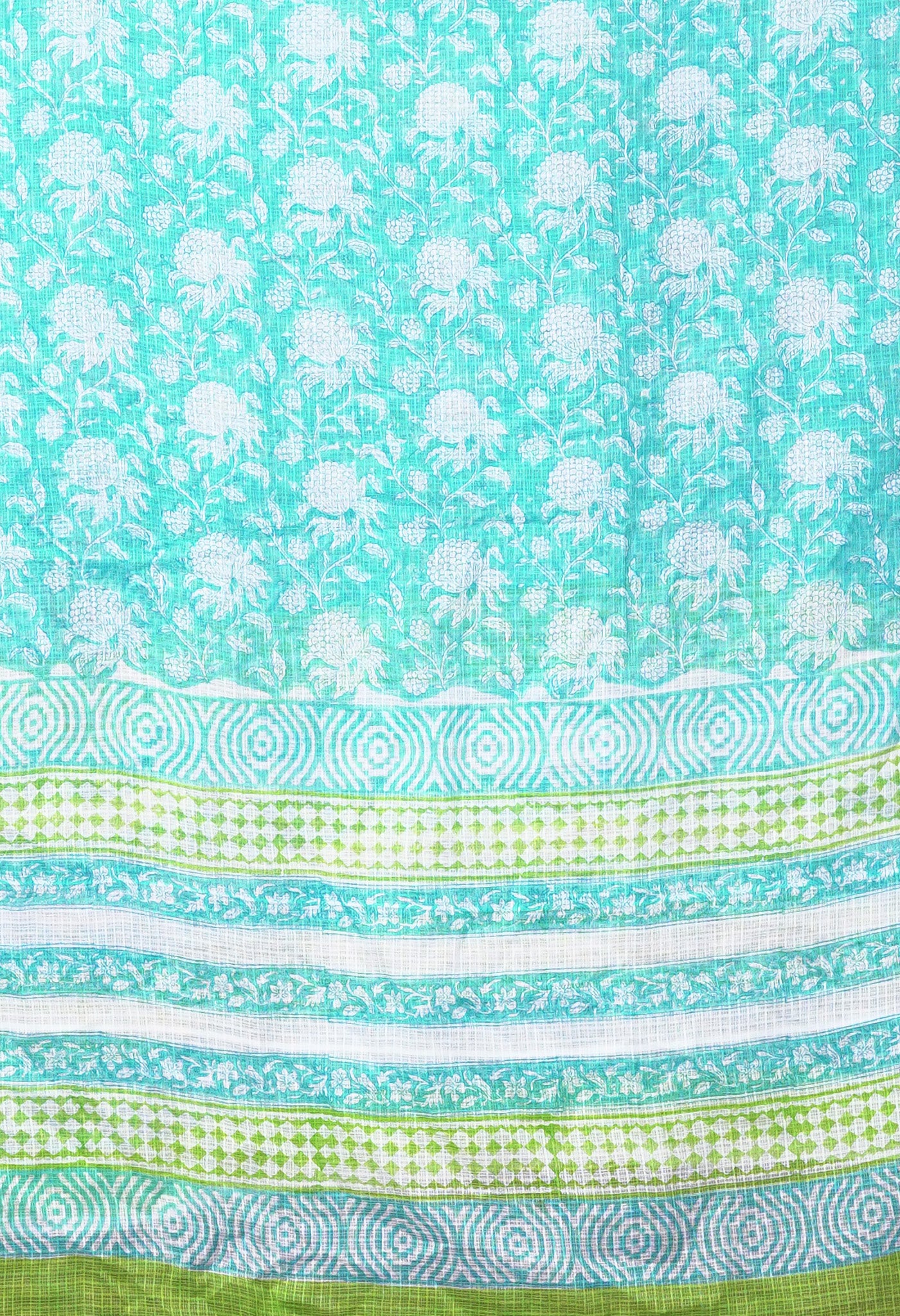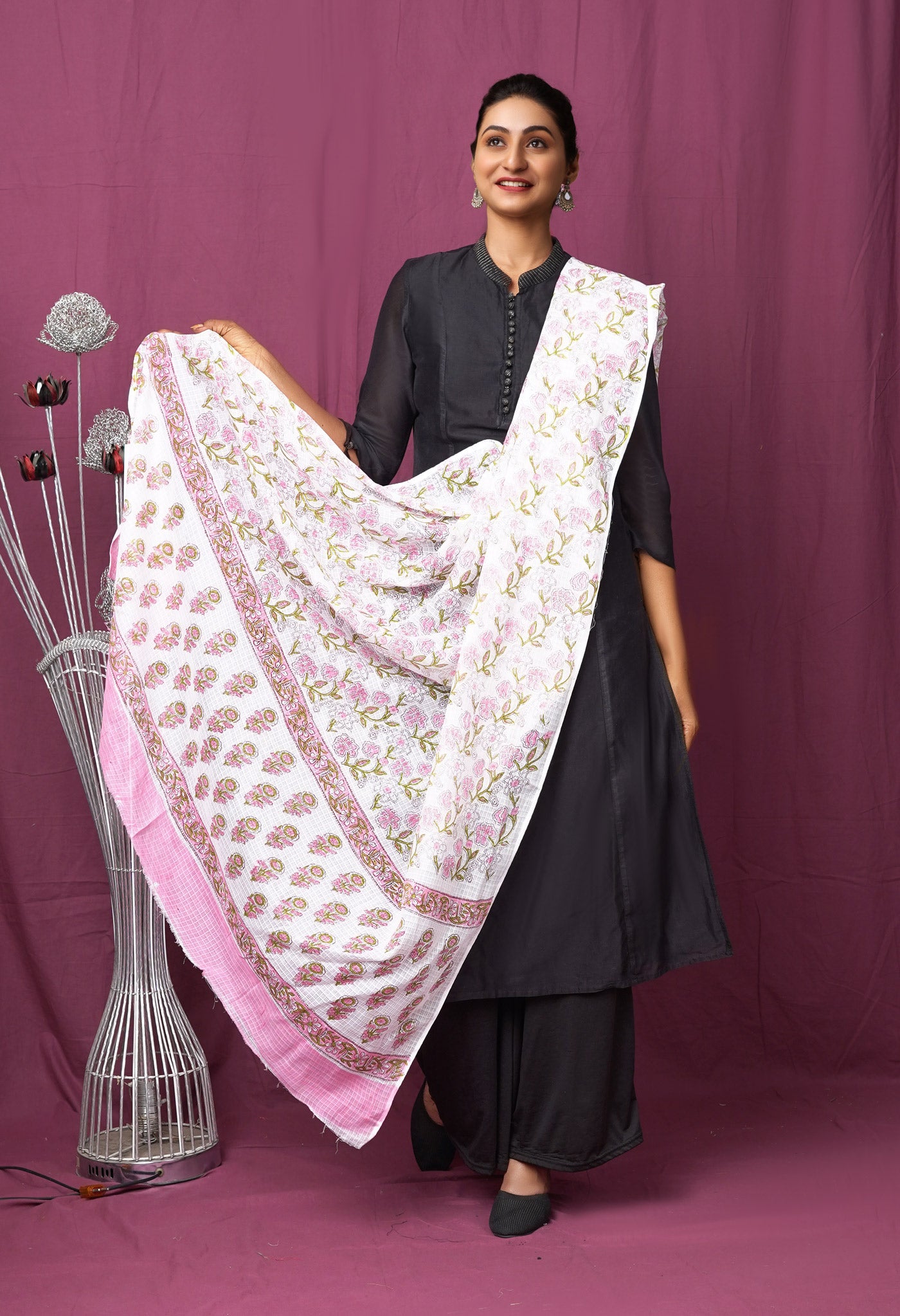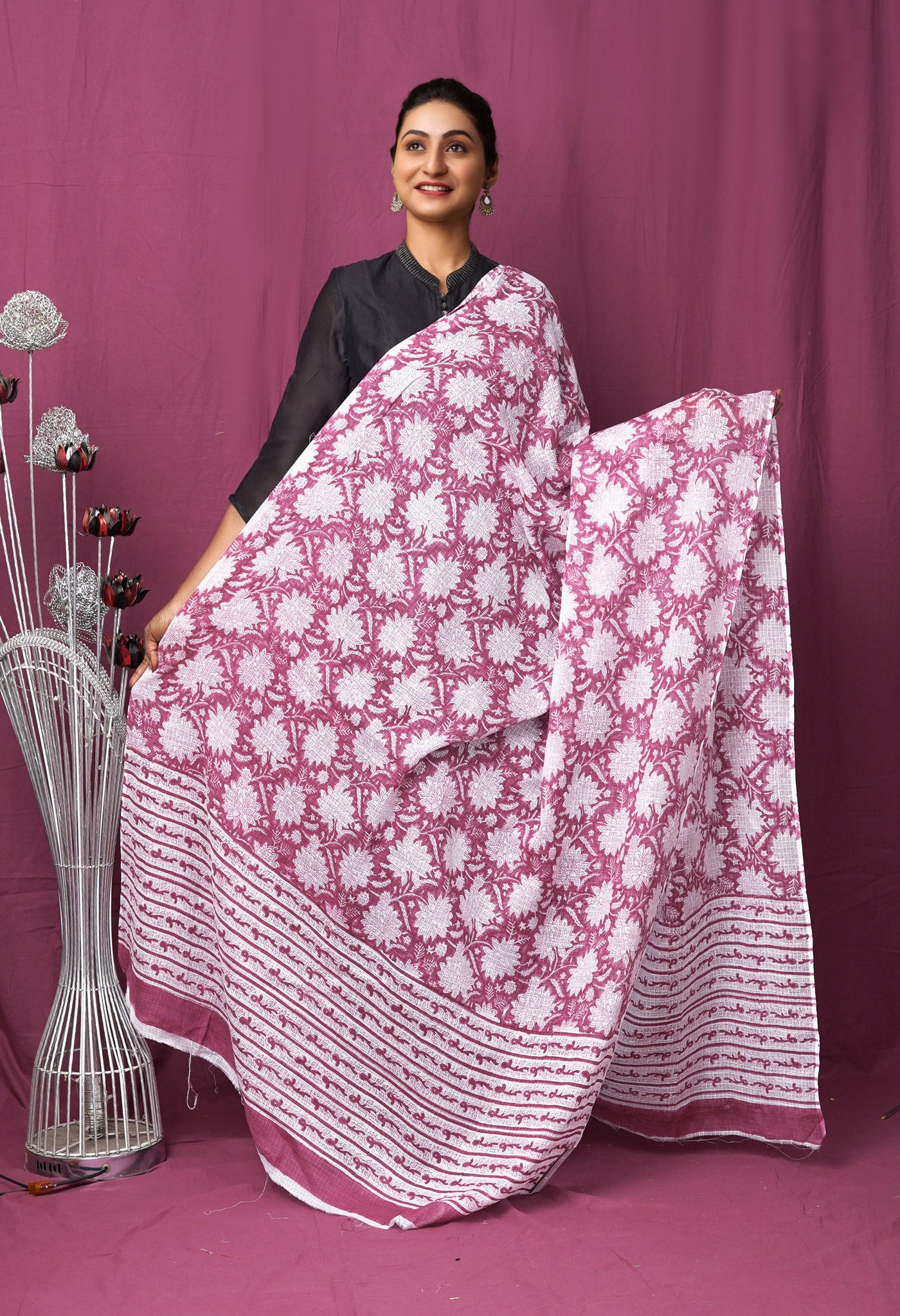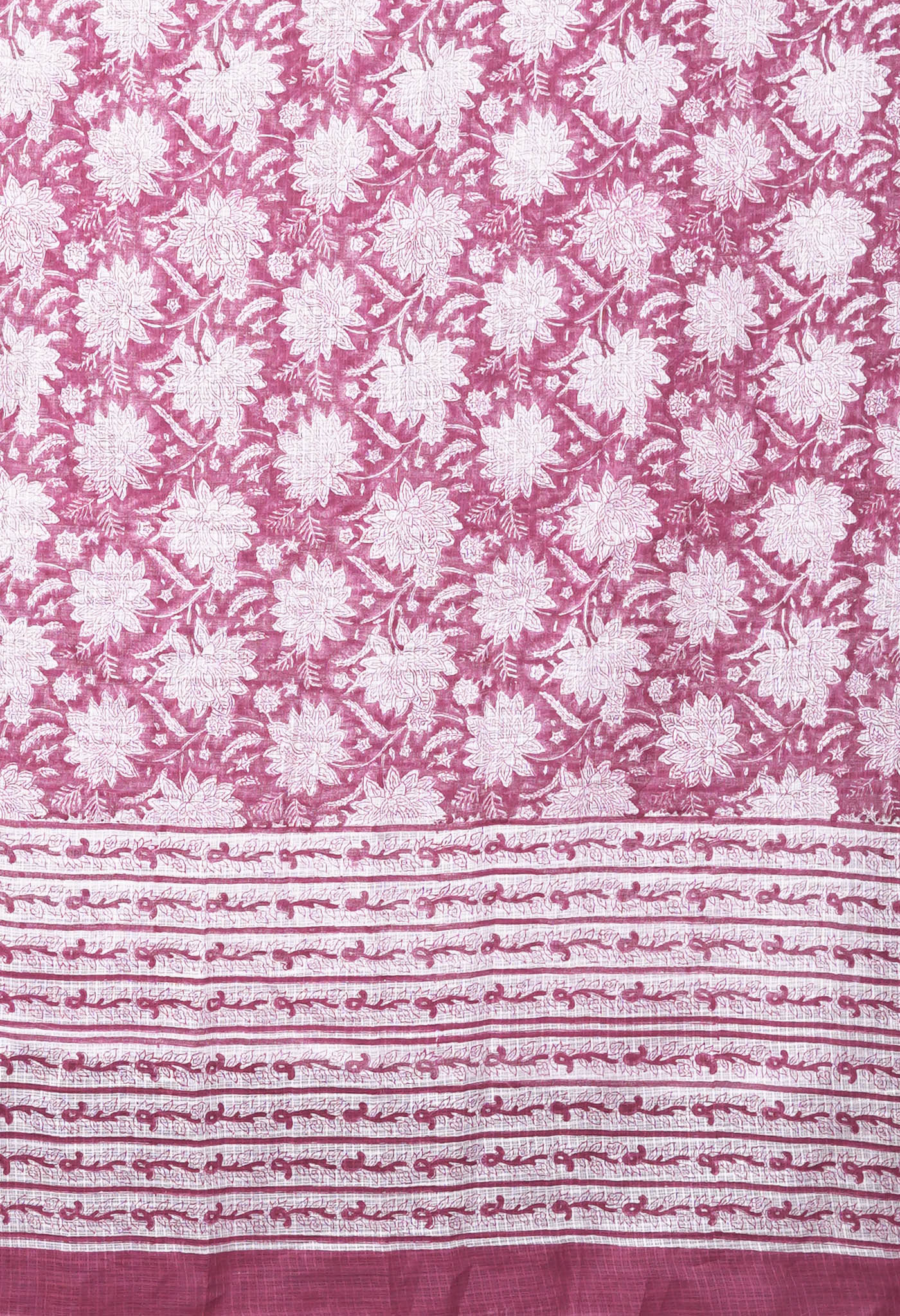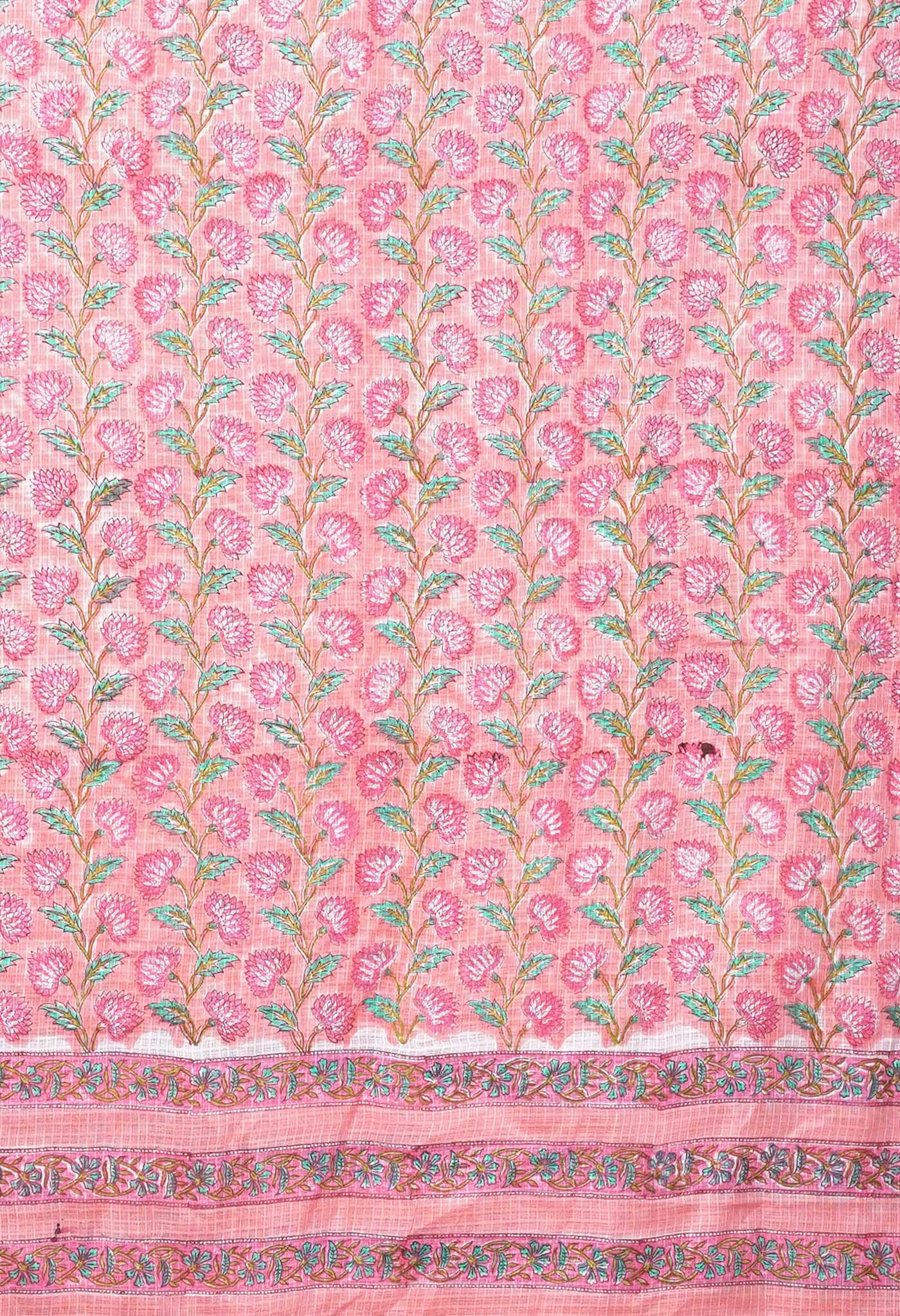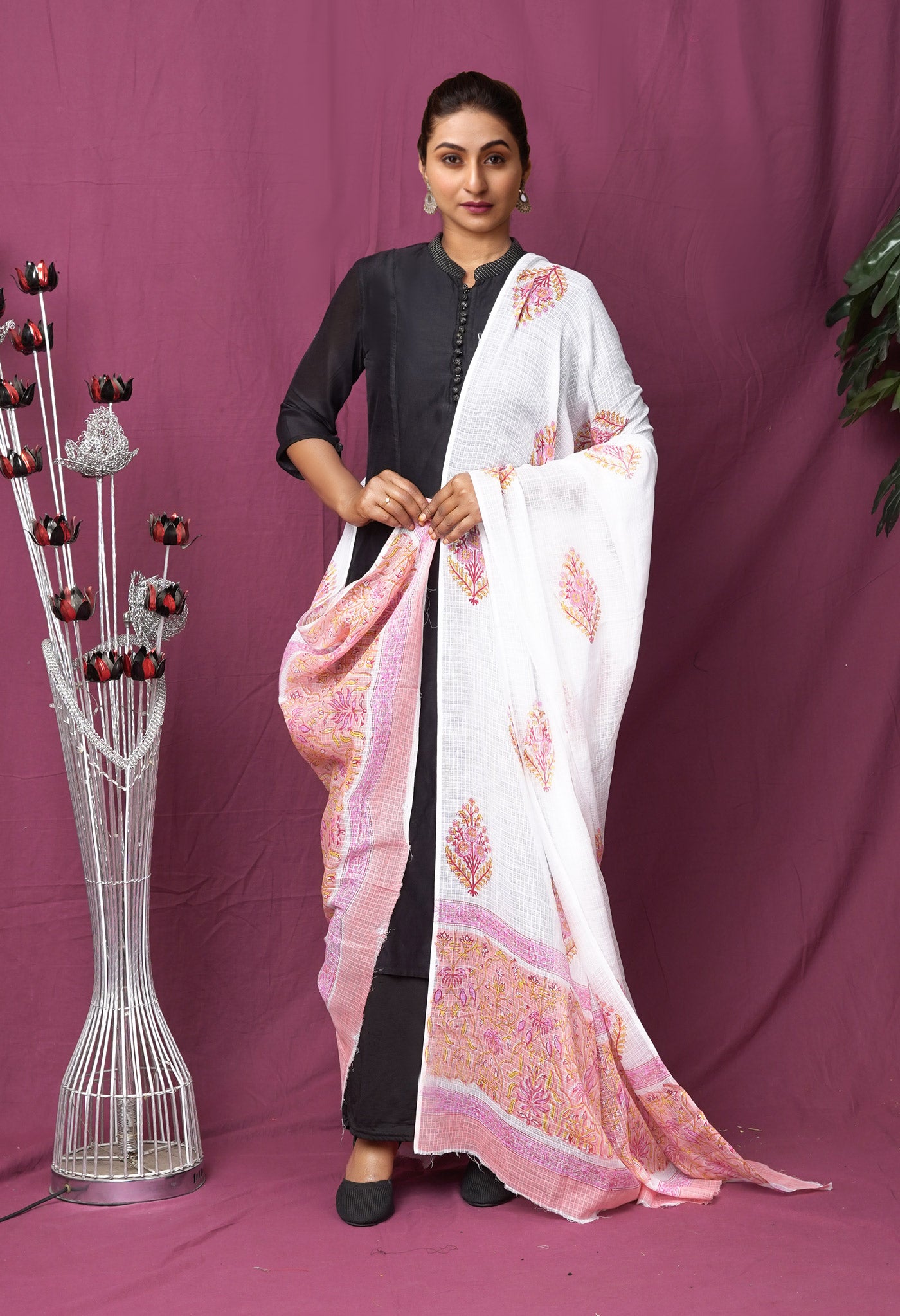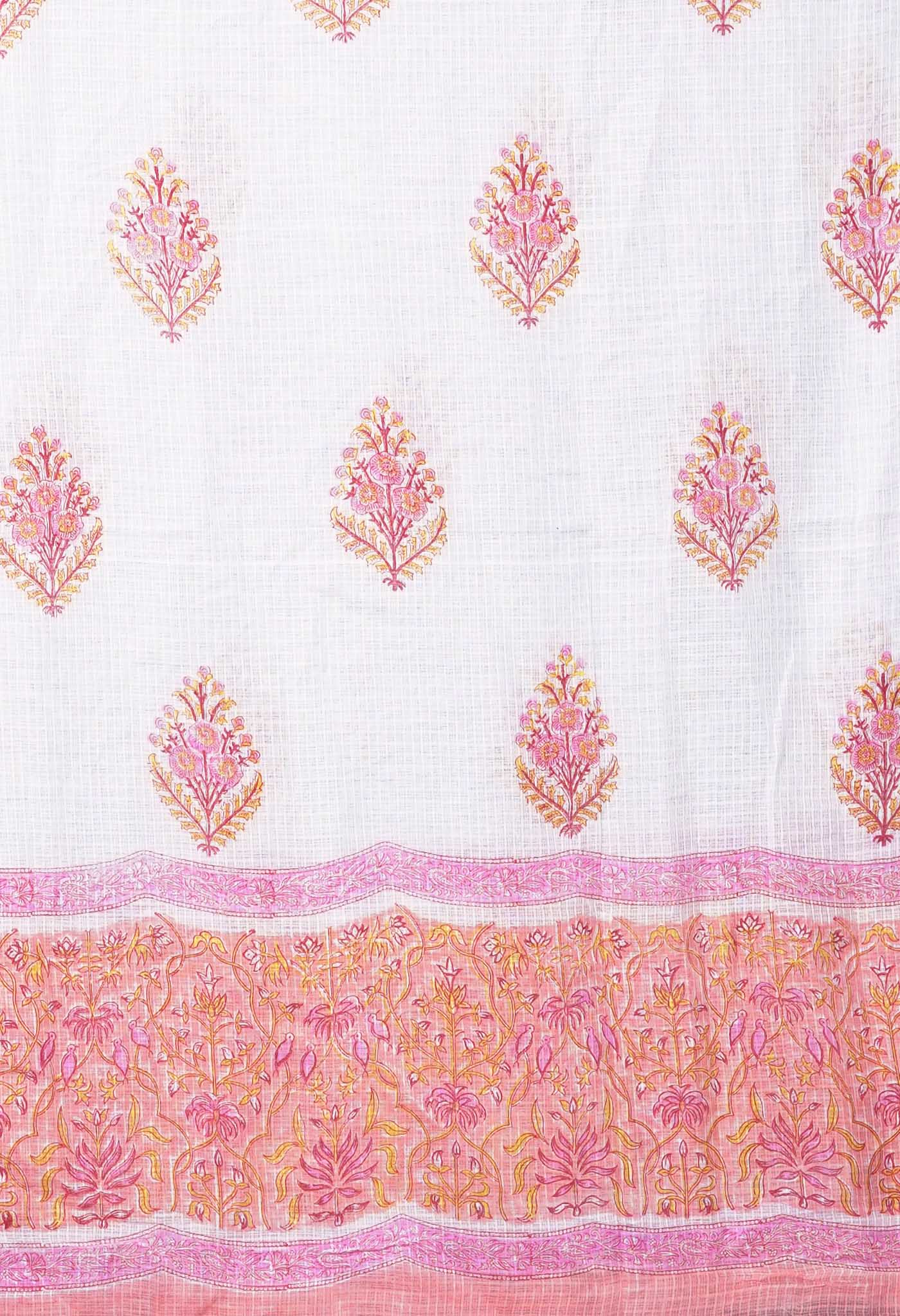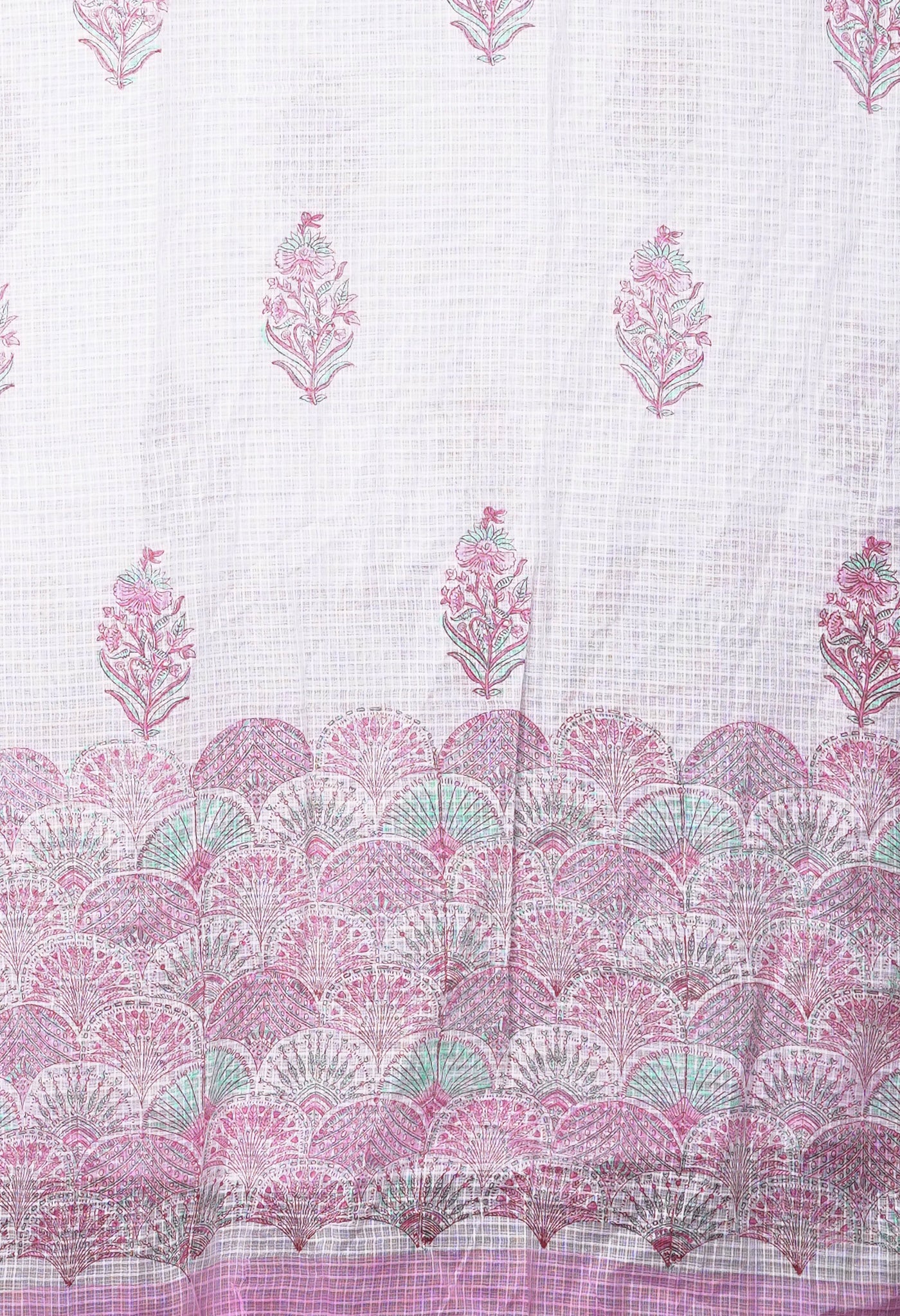
News, Views, Policies and Perceptions over the last one year in the Textile Industry of India
It is always good to hear news from the world of fibres and fabrics, especially something good news concerning Indian Textiles. Here is a pot-pourri of news, views and policies concerning them starting from February 2020 to the current month arranged in descending order.

KVIC launches KhadiIndia.com with over 50000 products
- The Khadi and Village Industries Commission (KVIC) unveiled on New Year’s eve Khadi India’s e-commerce site, eKhadiIndia.com.
- The site catalogues over 50,000 products under more than 500 varieties and various categories. The products range from apparel, grocery, cosmetics, home décor, health and wellness products, essentials and gifts.
- There has been a steady rise in the demand for KVIC products over the last few years, with fiscal 2018-2019 seeing a surge of 25 per cent.
- The portal is a step towards building an ecosystem that enables micro, small and medium enterprises (MSMEs) to help achieve the goal of ‘Aatmanirbhar Bharat’, an official release said.
- The ekhadiindia.com website will exclusively sell authentic Khadi Trade Mark products.

19th Edition of ITMA (International Textile Machinery Association) to highlight industry transformation through innovation
The world’s largest textile and garment technology showcase, ITMA (International Textile Machinery Association) will continue to present and share innovative manufacturing technology and materials with the industry at its 19th edition in Milan.
ITMA 2023 will be held from 8 to 14 June at Fiera Milano Rho, Milan, with applications open from 3 March 2021.
The theme for the event is set to be, ‘Transforming the World of Textiles’, supported by additional four sub-themes.
Ernesto Maurer, President, CEMATEX (European Committee of Textile Machinery Manufacturers) Mr Charles Beauduin, chairman of ITMA Services, which organises ITMA, said: “As theCovid-19 pandemic has adversely affected the business environment, we will be monitoring the situation closely, mindful about the importance of health and safety of all participants and staff. At the same time, we will be launching several initiatives to create additional opportunities to help our exhibitors better connect and do business with potential customers."
 Rejuvenation, cost sensitivity and a calibrated way forward for the Indian textile industry
Rejuvenation, cost sensitivity and a calibrated way forward for the Indian textile industry
On this very important issue, a Consultant Mr.T.R.Srinivasan who has already worked in a prominent institution in the field of textiles has the following to offer:
You have a global pandemic still at large, the economy being hit in almost all countries of the world large importing countries are imposing restrictions on those willing to supply whereas the market has still not opened up for buying to ease the situation.
Trying circumstances cannot be met with ordinary measures, something more aggressive and outgoing has to be thought about by the decision-makers of the Indian textile industry. History has taught that Production follows wherever there is the lowest cost of Production. During the past century it has moved from Great Britain, Japan, Taiwan to China, Bangladesh, Vietnam but surprisingly it has evaded countries with a good textile record like India, Indonesia, Sri Lanka, Nigeria, Spain, Pakistan etc.
India has a very good history of textiles till date.
- It has a large gobbling market that with the growing population ensures a constant demand for textiles.
- There is no dearth of raw materials of silk and cotton as well as man-made textiles like polyester and blended fibres.
- The textile sector has a youthful work force as well as a very budding and zestful fashion industry
- Textile Entrepreneurs have come up in Punjab, Gujarat, Karnataka
- All this coupled with the recent call of Vocal for Local and a bolstered and strengthened Digital India, should be heartening enough to give the Indian Textile Industry a shot in the arm and make it do wonders.
 What could be done?
What could be done?
- Unit economics could be a great thing to adopt vigorously – However the cost of production needs to be brought down in many areas.
- With such young talent, there needs to be some incentive to draw them in to the industry. Wages could be improved and standardized. Things like family welfare schemes, improving conditions of working, subsidies in housing etc. could be helpful largely.
- Solar energy is already being given a boost by the government. It could also offset the rising costs of electricity.
- Brainstorming with all stakeholders being present could throw up a lot of constructive ideas which then could be implemented in the most feasible manner.
- Banks could also be roped in to provide loans on easy terms and installments that would encourage more people to set up their own weaving, spinning, dyeing etc. establishments.
- The govt. has to take the opportunity and create an enabling environment through proper planning, infrastructure, support systems, a market for the production and most importantly, policies that would sustain the effort.
Now, India's first-ever khadi fabric footwear from KVIC
Union MSME minister Nitin Gadkari launched India’s first-ever high-quality khadi fabric footwear, designed by the Khadi and Village Industries Commission (KVIC), on 22, Oct.’20.
The footwear is made of khadi fabric like silk, cotton and wool and brings the fineness of handcrafted Khadi fabric in the footwear. They were also launched online on KVIC's e-portal.
As he launched the product through video conference, Mr.Gadkari remarked that unique products like the Khadi footwear have high potential of capturing the international market. He also added that khadi footwear would create additional employment and higher income for artisans.
“Khadi footwear is a unique product. International quality and use of fine fabric like patola silk, banarasi silk, cotton and denim would attract the youngsters who can purchase it online. These footwear are cost-effective,” Gadkari said.
Urging the KVIC to develop alternatives to leather accessories like ladies’ handbags, purses and wallets in handcrafted khadi fabric, he added that such products have a huge potential in foreign markets. “By developing and marketing such products overseas, Khadi India can capture a market worth Rs.5,000 crore,” the MSME minister said.
Khadi fabric footwear is not only environment-friendly and skin-friendly, but it reflects the hard work of khadi artisans that has been put in to make fabric for these footwear said minister of state for MSME Pratap Chandra Sarangi. “I congratulate KVIC for developing khadi fabric footwear according to the global taste. I am sure by occupying a major share in the footwear industry, khadi fabric footwear will help in reviving the country’s economy,” Sarangi said.
Initially, the footwear has been launched in 15 designs for ladies and 10 designs for men. Exquisite khadi products like patola silk of Gujarat, banarasi silk, madhubani-printed silk of Bihar, khadi denim, tussar silk, matka-katia silk, a variety of cotton fabric, tweed wool and khadi poly vastra have been used to make the footwear unique and trendy.
Venturing into new segments, tapping new markets and diversifying the product range, as envisaged by the Prime Minister, have been the mantra for Khadi’s stupendous success in the last six years, said KVIC chairman Vinay Kumar Saxena.
“The idea behind launching Khadi fabric footwear was to tap the international market where a large section of international consumers are increasingly going vegan and hence, Khadi will become a preferred choice of this segment. Khadi fabric footwear is a small step for people, but it will be a giant leap for our Khadi artisans. Using fine fabric like cotton, silk and wool in footwear will lead to higher production of fabric by artisans as well as increase in its consumption. This will ultimately create additional employment and higher income for Khadi artisans,” Saxena said.
The size of the Indian footwear industry is approx Rs.50,000 crore which includes exports worth nearly Rs.18,000 crore. KVIC's initial target is to capture at least 2 per cent share of the industry.
Handicrafts, handloom boards wound up as no contribution to policy making: Smriti Irani
Immediately after she also made it known in no uncertain terms that the government informed Parliament that the decision about a sad but necessary decision. The decision to disband All India Handicrafts Board (AIHB) and All India Handloom Board (AIHB) was taken based on a thorough review of the functioning of the Board.
“The assessment revealed that weavers from across the nation did not benefit from the Board which barely met, and did not take weavers across all States into confidence. There was no contribution from the Board as regards policy formulation and its implementation,” said textiles minister Smriti Zubin Irani in a written reply to a question in Rajya Sabha.
On the other hand, she also wrote in praise of the Weavers’ Service Centres and the State Handloom departments that have been working well in good coordination through interactions on policy, implementation of government schemes, educating weavers about online marketing platforms including efforts to onboard weavers on Government e-marketplace (GeM), and addressing the problems of handloom weavers through Chaupals.
In a separate reply, Smriti Irani, the Minister of Textiles, said the government has registered 1,590 products under ‘India Handloom Brand’ that promotes the production of niche handloom products with high quality, authentic traditional designs with zero defect and zero effect on the environment.
“Since its launch, 1590 registrations have been issued under 184 product categories and sale of Rs 926.23 crore has been generated,” she said, adding that 23 e-commerce entities have been engaged for on-line marketing of handloom products. A total sales of Rs. 110.46 crore has been reported through the online portal. There is no plan to revive Janata Scheme, as per the written reply.
 The minister also informed the Upper House that total number of handloom worker households is 31,44,839 according to Fourth All India Handloom Census 2019-2020 compared to 27,83,271 as per the Third Handloom Census of India 2009-2010.
The minister also informed the Upper House that total number of handloom worker households is 31,44,839 according to Fourth All India Handloom Census 2019-2020 compared to 27,83,271 as per the Third Handloom Census of India 2009-2010.
Questioned on Technical Textiles she said,
- Employment in the sector is expected to increase to 23 lakhs by 2024 from the present 16 lakhs.
- Interventions will help to achieve $40 billion market size by 2024-25 from present level of $19 billion and also to enhance target penetration level in domestic applications:
Agro-textiles (10% - 40%),
medical textiles (10% - 30%),
Geo-textiles (20% - 60%),
protection textiles (20% - 60%).
“In the long run we aim at achieving a share of 30-35% of fibre consumption for applications in technical textiles,” she said.
In a separate reply, she said the proposal to set up Mega Textile Parks by the ministry is at the stage of discussion, and there is no representation pending from Textile ‘Industry’ Federation from any state for development of textile industry and textile parks in their state.
Ministry of textiles disbands all advisory bodies citing 'minimum government, maximum governance'
With a decision to disband the All India Cotton and Jute Boards, the ministry of textiles has done away with all advisory bodies and justified the move to be in line with the Centre's "minimum government, maximum governance" principle.
The ministry has also disbanded the all India handloom, handicrafts and power loom Boards citing that the step was in keeping with the government’s vision for “leaner government machinery and for systematic rationalization of government bodies”.
Reports earlier in the week said that the ministry of textiles had also notified a change in the status of all eight Textiles Research Associations (TRA) saying that they now cease to be “affiliated bodies” of the ministry. The TRA will now be “approved bodies” for conducting testing, research and developmental activities related to the textiles sector.
The August 6, notification on the Textiles Research Associations states that from now on,
“any disposal, sale, transfer of assets created out of central government grant will require prior specific approval of the ministry of textiles.”
Also, officials of the ministry representing in the governing bodies of these TRAs have been withdrawn. The TRAs have been asked to include in their bye-laws the changes that have been notified.
The eight TRA include
- Northern India TRA in Ghaziabad,
- Ahmedabad Textile Industry Research Association, Bombay TRA,
- Coimbatore based South India TRA,
- Synthetic & Art Silk Mills Research Association, Bombay TRA,
- Synthetic & Art Silk Mills Research Association in Mumbai,
- Man-Made TRA in Surat,
- World Research Association in Thane and
- Kolkata based Indian Jute Industries Research Association.
The notifications to disband the All India Handloom Board, All India Handicrafts Board, All India Powerloom Board and Handcrafts Boards were last re-constituted in 2 013 for a period of two years, the Handloom Board and Jute Advisory Board were reconstituted in 2014 for two years. The Cotton Advisory Board was constituted in 2015 for a period of two years, which was further extended till the re-constitution of new Board as per order in April 2017.
Reactions to the decision
- The government's decision to disband the All India Handloom Board and All India Handicrafts Boards has attracted criticism that the dissolution will hurt the sector.
- With the notifications coming ahead of handloom day on August 7, Dastkar chairman Laila Tyabji, in a post on social media on August 5 said the decisions came as a complete surprise. “All these years on, it remained the one official forum, however, watered down, where the voices and views of weavers and craftspeople could be expressed directly. One place where representatives of the sector were present in considerable numbers and were actually empowered to advise the government in policy and sectorial spending,” she posted on her Facebook wall.
- On the other hand, Dastkari Haat Samiti founder and social activist Jaya Jaitley described the abolition of the boards as a step in the right direction. “I am glad it has been abolished. It was made gradually useless since the beginning of 1990s and declined. No point renovating a dead object. It is best to be rid of it and create something new, effective, dynamic with inputs from truly experienced and knowledgeable persons rather than use it for the patronage of favourites."
- Government sources, however, said the boards have fallen into disuse and do not serve the purpose for which they were envisioned. The structure of these boards made room for a large number of non-official members to advise the government.
- According to government sources, the decision to disband the Boards follows an assessment that the boards were merely advisory in nature and failed to impact on influencing policy-making while they became vehicles of "political patronage" with the emergence of a ‘middleman culture’ that did not help the interests of weavers.
- On the way forward, senior officials pointed out that the focus is now on field officers who have the responsibility to reach out to weavers and create links with the district, state and central administrations.
- Meanwhile, that there is a growing focus on the textiles sector within the government was evident on “National Handloom Day” on August 7 when Prime Minister Narendra Modi and many of his cabinet colleagues including union home minister Amit Shah, finance minister Nirmala Sitharaman, external affairs minister S Jaishankar, textiles minister Smriti Irani and commerce minister Piyush Goyal took to social media asking people to be "vocal for handmade products.
 Flipkart inks pact with Assam govt to promote handloom, handicraft sectors
Flipkart inks pact with Assam govt to promote handloom, handicraft sectors
E-commerce giant Flipkart has signed an agreement with the Assam government to promote the state's local artefacts and handloom products on its digital marketplace.
The partnership between the Assam Industries and Commerce Department and the e-commerce firm will enable the state's local artisans, weavers and craftsmen to showcase their hallmark products to millions of customers across the country.
"The Assam government and Flipkart both will focus on creating avenues to increase business and trade inclusion opportunities for these underserved segments of the society, thereby adding further thrust to the government's initiative to build a self-reliant Bharat," said Flipkart.
 The homegrown e-commerce firm has been expanding the reach of its Flipkart Samarth programme to provide market access to the artisan and weaver community across India, leveraging technology and innovation, Flipkart Group's Chief Corporate Affairs Officer Rajneesh Kumar said.
The homegrown e-commerce firm has been expanding the reach of its Flipkart Samarth programme to provide market access to the artisan and weaver community across India, leveraging technology and innovation, Flipkart Group's Chief Corporate Affairs Officer Rajneesh Kumar said.
"Through this partnership, local artisans, weavers and handicraft makers will enjoy dedicated benefits under the Flipkart Samarth programme that will further boost their growth and prosperity," he said.
Industry and Commerce Minister Chandra Mohan Patowary said Assam is known for its rich, diverse and traditional heritage. "We are happy that the agreement with Flipkart will enable our local artisans and weavers to showcase their products to a wider population," he said.
Flipkart Samarth programme has been playing a significant role in building capabilities within the rural and the underserved society of the country, the company said. "The programme is today supporting the livelihood of more than 6,00,000 artisans, weavers, and micro-enterprises across India," it added.
- 44% jump in PMEGP projects implementation in Apr-Aug: KVIC
- PMEGP is the flagship employment generation programme of the central government and KVIC is the nodal agency for implementing the scheme.
- The flagship Prime Minister Employment Generation Program (PMEGP) implemented by India’s Khadi and Village Industries Commission (KVIC) progressed at a much rapid pace during the COVID-19 lockdown because of a major decision of the ministry of micro, small and medium enterprises (MSME) introducing a new and faster mechanism in approving the PMEGP projects.
- The approval of projects during the first five months of this fiscal increased by 44 per cent.
- KVIC has approved and forwarded 1.03 lakh project applications to the financing banks as compared to 71,556 projects during the corresponding period last year, according to an official release.
- The ministry on April 28 amended the guidelines to do away with the role of the District Level Task Force Committee (DLTFC) in approving the PMEGP projects as the role of DLTFC, headed by the district collectors, was time consuming.
- As per the amended guidelines, KVIC, the nodal agency for implementing PMEGP scheme, was entrusted the task of clearing the applications from prospective entrepreneurs and forward it to the Banks for taking credit decisions.
- During the period from April to August in 2020, financing banks sanctioned 11,191 projects and Rs.345.43 crore margin money was disbursed to applicants as compared to Rs.276.09 crore margin money disbursed for 9,161 projects in the first five months of previous year.
- The number of sanctioned projects by banks thus increased by 22 per cent while the disbursement of margin money by KVIC increased by 24 per cent as compared to previous year.
 KVIC to open silk production centre in Arunachal
KVIC to open silk production centre in Arunachal
- The Khadi and Village Industries Commission (KVIC) is set to open the first-of-its-kind silk training cum production centre in Arunachal Pradesh's far-flung tribal village of Chullyu.
- Machinery like handlooms, charkha, silk reeling machines and warping drums have already arrived at the centre, and installation of machines are in full swing.
- Conceived just six months ago, the centre will be launched in the first week of September.
- The KVIC has refurbished and converted a dilapidated school building into the training cum production centre. The school building has been provided to KVIC by the education department of Arunachal Pradesh government.
- The first batch of 25 local artisans of Chullyu village has been selected to begin the training with.
In the words of the KVIC Chairman:
“The training cum production centre is the first of its kind facility in Arunachal Pradesh and a big boost to weaving activities in the entire region. Training of artisans and supporting the production of eri silk, which is indigenous to the northeastern states, will create local employment and sustainable development in the region which is aligned with the Prime Minister’s vision of Aatmanirbhar Bharat.”
KVIC chairman Vinai Kumar Saxena added, “KVIC will also create an exclusive page on its online portal to market their products.”
The significance of this programme
The development assumes significance as the tribal population in Arunachal Pradesh, men and women alike, traditionally wear eri silk and khadi cotton clothes, which carry a deep significance to their egalitarian tribal society.However, the people of the state have to buy silk from outside markets including those in Assam.
Further programmes
- KVIC has also planned design intervention by engaging professional design institutes like NIFT Shillong, NID Jorhat and even local designers in Arunachal to develop new designs to suit the modern taste of tribal youths.
- KVIC also aims to connect the centre with the tourists visiting Ziro tourist spot and thus providing an assured market to the local artisans for their products. The production centre will be equipped to cater to the market demand.
- For the initial period, KVIC will also provide raw material and expenditure on training and wages and the cost of developing the prototypes of new designs.
From Aatmanirbharta to Make in India: Strengthening India’s handloom sector
- National Handloom Day 2020: India’s soft power has long been endorsed by the handloom and handicraft space, in addition to other symbols of cultural power in the field of arts and crafts
- The Government of India has been celebrating the National Handloom Day on August 7 since 2015, when it commemorated the 100th anniversary of the Swadeshi Movement, which began in 1905. National Handloom Day celebrates the contribution of artisans and weavers to the rich cultural capital of the country.
- From the plain looms to the post-loom decorated works that include sarees, shawls, scarves, dhurries, carpets, towels, angocha/gamcha, traditional ‘angavastrams’, dress materials, the textiles and handloom sector in India is the second-largest source of employment to people, after agriculture. According to the Fourth All India Handloom Census, 31.45 lakh households are engaged in handloom, weaving and allied activities.
The manner in which COVID-19 affected
- Soon after the lockdown, telling stories began to emerge of how the artisans employed with the sector were in need of an imminent policy impetus to safeguard the livelihoods of artisans and weavers.
- Traditionally, the months between January until June see a host of rural exhibitions, haats, bazaars that witness the participation of weavers and artisans from across the country, everywhere. This is also the time for maximum visibility, sales, and exposure. Places like Dilli Haat, Dastkar and emporiums at the Baba Kharak Singh Marg in Delhi usually throb with activity.
- However, with the lockdown, norms of social distancing, and sudden economic turbulence, no such fervent exhibitions or markets could be witnessed. Additionally, natural calamities such as the recent Assam floods further impacted the livelihoods of artisans, especially in the silk clusters of the state.
- COVID-19 together with such uncertainties produced livelihood shocks to artisans and weavers impacting incomes and the entire supply chains involved in handloom and handicraft, along with supplies of raw materials and unused inventory.
- For instance, according to the Tribal Cooperative Marketing Development Federation of India (TRIFED), tribal handicraft and handloom worth Rs.100 crore went unsold owing to the lockdown.
The way they helped each other and others helped
- Amid this, however, the latent potential of the vast network of self-help groups (SHGs), artisans, and weavers employed in the sector rose to the occasion during the lockdown.
- The vast network of SHGs engages in making handloom and crafts and contributes immensely to rural development, the village economy, since the inception of government programmes like the National Rural Livelihoods Mission (NRLM).
- With the help of state and district administrations, artisans and members of SHGs were roped in to manufacture masks.
- According to an article on the World Bank site dated April 11, 2020, more than 19 million masks were made by 20,000 SHGs across 27 Indian states.
- Soon after handloom and artisanal Madhubani, Ikkat, Cheriyal, painting masks, to name a few, came into the fray, highlighting how the state administrations were working toward generating incomes harnessing the creative talents of the vast network of artists.
- The textile clusters employing scores of artisans should be, therefore, further encouraged in making masks and other medical equipment that uses textiles such as bedsheets, etc. contributing to the medical infrastructure, in whichever capacity possible.
- For instance, according to the Fourth All India Handloom Census (2019-2020), some products that also include surgical bandages are produced by nearly 4.3 percent of handloom worker households
The threats
- However, these must be practiced with caution as Indian handlooms need conservation as the sector is mired with issues of cheap emulations, automated looms that threaten the sustenance of original arts of warp and weft involved in traditional weaving – which the weavers are experts at since generations.
- Automation of the handloom sector, therefore, threatens the survival of these timeless skills, the reason why the sector needs more governmental support and encouragement.
Cultural diplomacy, vocal for local
- India’s soft power has long been endorsed by the handloom and handicraft space, in addition to other symbols of cultural power in the field of arts and crafts.
- Saree diplomacy and ‘Khadi diplomacy’ are some such examples furthered by the Indian government on various platforms.
- The basic idea is to promote the finesse of Indian weavers on the global map to communicate, disseminate and engage with not just the global audience but the Indian diaspora through these symbols of cultural expression.
- The importance of cotton and textiles, for example, is highlighted since the days of Indus Valley Civilization. History has it that in foreign trade back in the days of the East India Company, the Indian muslin and cotton were of finest varieties, and were used a great deal to reap profits by the colonialists.
Atmanirbharta programme and how it helps
- The government’s ‘Atmanirbharta’ programme, the ‘vocal for local’ campaign, together with ‘Make in India’, presents a huge opportunity to the handloom sector to further strengthen the Indian positioning in the global textiles space.
- In order to boost this, however, the demand first has to come from home. While the impact and initial shocks of COVID-19 have had an initial calamitous impact on poor rural and urban livelihoods, the opportunities are immense. Toward this, all stakeholders including the private sector must come forward.
- For instance, in Odisha women SHGs engaged in crafting cotton and ‘Sabai’ grass Rakhis with the help of Odisha Rural Development and Marketing Society. A similar such initiative called ‘Ummed ki Rakhi’ was launched by the New Delhi district administration under the aegis of which SHGs were formed to provide employment to women from urban slums.
- Similarly, corporate organisations must buy products from artisans for the purposes of awards, corporate engagement programmes, and business gifting. This shall facilitate direct producer-consumer interface, thereby ensuring proper returns on the products to artisans.
- Additionally, encouraging SHGs to promote handloom-styled masks and accessories that have the Geographical Indications (GI) should be undertaken with adequate quality checks for international markets.
The Way forward
- Initiatives such as the Northeast Expo 2019 under the aegis of ‘tea and khadi’ diplomacy must be continued digitally. The initative provided a platform to the eight northeastern states through ‘Tea and Khadi’ diplomacy furthering trade ties with the ASEAN and BIMSTEC nations.
- Since physical markets shall still take a while to operate fully, this is a good moment for states and the Centre to have more and more online market portals for Indian handlooms, handicrafts, and forest produce — as the sectors are interlinked.
- Additionally, it also provides an opportunity for the sector to train SHG members in online skills — a first from the traditional financial literacy and marketing initiatives in capacity building.
- While the markets move online, it is equally important for the artisans to get adequately equipped and trained in operating online portals.
- Online exhibitions through Indian embassies must be organised to make the global audience aware of the rich legacy of handlooms.
- Just before the lockdown in fact, in the UK, an exhibition under the aegis “Forgotten Masters: Indian Painting for the East India Company”, was organised in order to honour and remember painters from India.
KVIC bags 1.8 lakh face masks order from Indian Red Cross
- Khadi and Village Industries Commission (KVIC) has received a purchase order from Indian Red Cross Society (IRCS) to supply 1.80 lakh face masks.The execution of this order will need over 20,000 metres of fabric, which will generate 9000 additional man days for khadi artisans.
- Khadi face masks are becoming popular due to fine quality and affordable price.
- The IRCS masks will be made of 100 per cent double-twisted handcrafted cotton fabric in brown colour with red piping.
- KVIC has especially designed these double-layered cotton masks for the IRCS as per the samples provided by them.
- The mask will have suitably printed IRCS logo on the left side and the Khadi India tag on the right side.
- The supply of masks will begin by next month, KVIC said.
- KVIC chairman Vinai Kumar Saxena welcomed the purchase order from the IRCS and said the massive demand of khadi face masks is a major step in the direction of “Aatmanirbhar Bharat”. “This order will help our khadi artisans to produce more yarn and fabric and will further add to their income in these difficult times,” Saxena said.
- “Face Masks are the most critical tool to fight the Corona pandemic. These masks prepared from double twisted khadi fabric not only meet the quality and scale of demand but are cost effective, breathable, washable, reusable and bio-degradable,” Saxena added.
- KVIC has so far sold over 10 lakh face masks which include double layered cotton masks and triple-layered silk masks. The biggest order for face masks that the KVIC received was from the Jammu & Kashmir government for 7 lakh masks that has been delivered on time.
- Approximately 1 lakh metre of cotton fabric worth over Rs.1 crore and nearly 2,000 metres of silk fabric of different colours and prints has been used in making these masks till recently.
- KVIC received repeat orders from the Rashtrapati Bhavan, Prime Minister’s Office, Central Government ministries and orders from general public through KVIC’s e-portal.
- KVIC has supplied over 20,000 face masks to the Indian Railways too.
- Apart from the sale, KVIC has free distributed nearly 10 lakh khadi masks to the district authorities though its Khadi Institutions across the country.
- India’s Khadi and Village Industries Commission (KVIC) has developed a double layered khadi mask and has procured orders for its supply. It recently bagged an order to supply 7.5 lakh pieces of such masks to Jammu & Kashmir (J&K) out of which 5 lakh pieces will be supplied to Jammu district, 1,40,000 to Pulwama district, a lakh to Udhampur and 10,000 to Kupwara.
- These masks will be supplied to assist development commissioners of these districts. Cotton reusable mask will 7 inches long and 9 inches wide with three pleats, four strips at corner for tying.
- KVIC chairman VK Saxena said the khadi fabric helps retain 70 per cent of the moisture content inside, while providing an easy passage for air, according to an official press release.
- The Khadi Stitching Centre at Nagrotta near Jammu has been turned into a mask stitching centre, which is producing 10,000 masks per day, while the rest of the orders are being distributed amongst various self-help groups and khadi institutions in and around Srinagar.
 Ministry of Textiles formulating New Textiles Policy 2020
Ministry of Textiles formulating New Textiles Policy 2020
- The Ministry of Textiles is in the process of formulating a New Textiles Policy 2020 with a vision to develop a competitive textile sector which is modern, sustainable and inclusive with special focus on manufacture of apparel and garment, technical textiles, manmade fibre products and exports while maintaining its pre-eminent position in handicrafts and handlooms sectors.
- The Ministry of Textiles is requesting substantive inputs and suggestions from all stakeholders including individuals and associations on various topics like wool, cotton, silk, jute, manmade fibre, handloom, handicraft, power loom, infrastructure, investment, apparel, exports, branding and quality control, technical textiles, human resource, technology and machinery up-gradation to take forward various sub sectors of the textile industry to a level where production, exports and employment grows at a faster pace.
- The entire effort is being made to realize the Government’s vision of ‘Make in India’ and for identifying one strong product with export potential from every district and cluster.
India’s textile and apparel exports to reach USD 300 billion by FY25
- India’s textile and apparel exports are expected to touch USD 300 billion by 2024-25, resulting in a tripling of the country’s market share globally from 5% to 15%, according Invest India, the national investment promotion and facilitation agency.
- The domestic textile and apparel industry, including handicrafts, stood at USD 140 billion in 2018, of which USD 100 billion was domestically consumed while the remaining portion of USD 40 billion was exported to the world market.
- The textile and garments industry in India is expected to reach USD 223 billion by 2021. The textiles and apparel industry contributes 2.3% to India’s GDP and accounts for 13% of industrial production, and 12% of the country’s export earnings.
- It is the second-largest employer in the country providing employment to 45 million people at present, and this number is expected to rise to 55 million people by the end of 2020.
- FDI in the textiles and apparel industry stood at USD 3.1 billion during 2018-19. India is the largest producer of cotton and jute in the world, and the second largest producer of polyester, silk and fibre.


